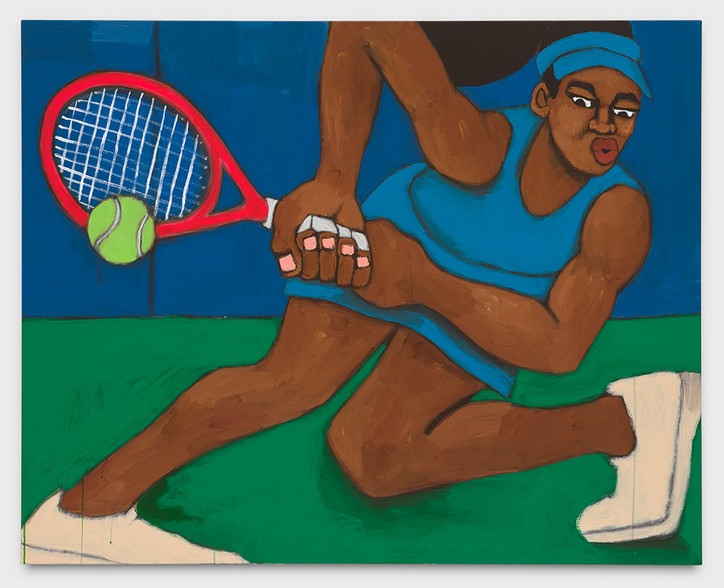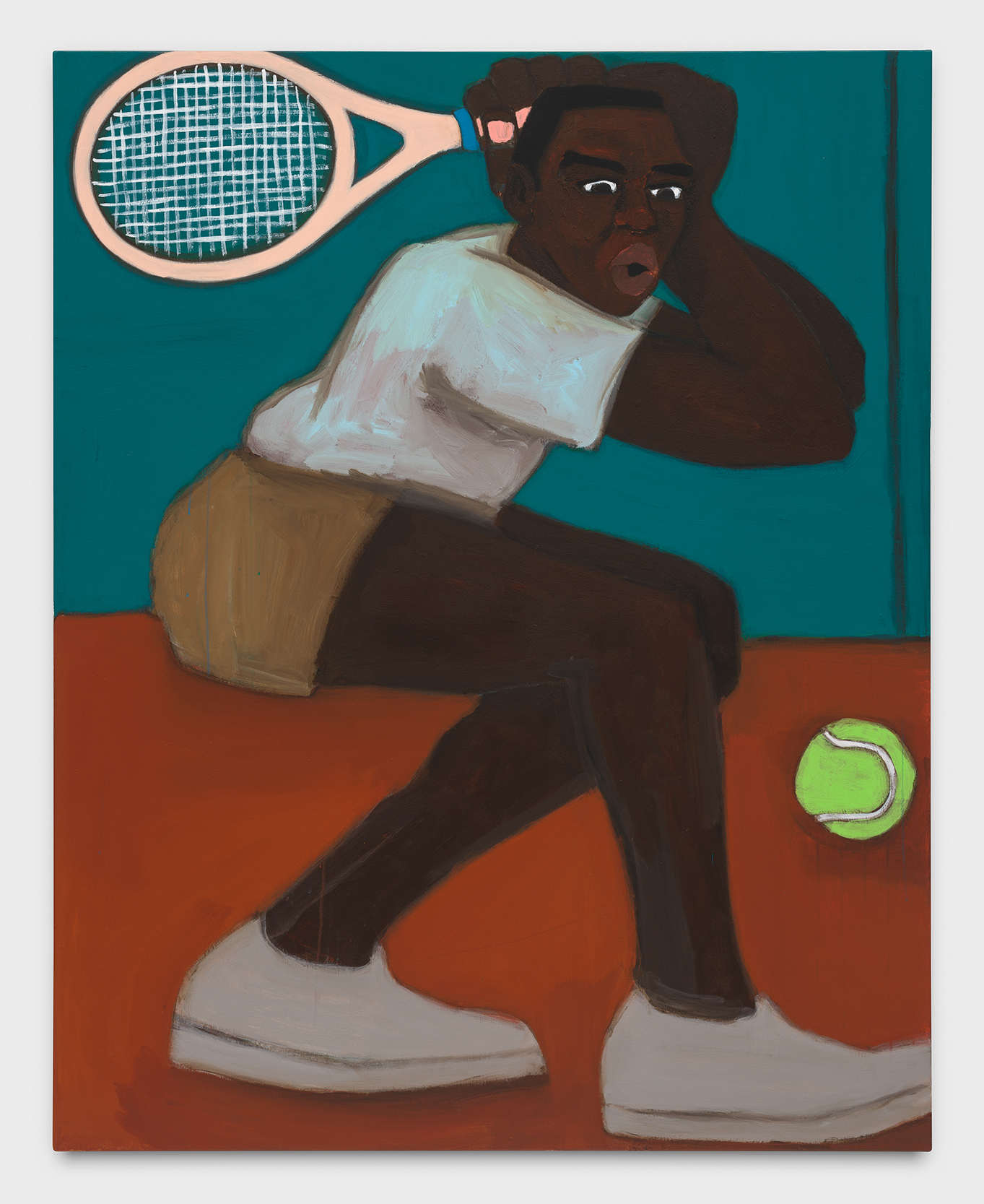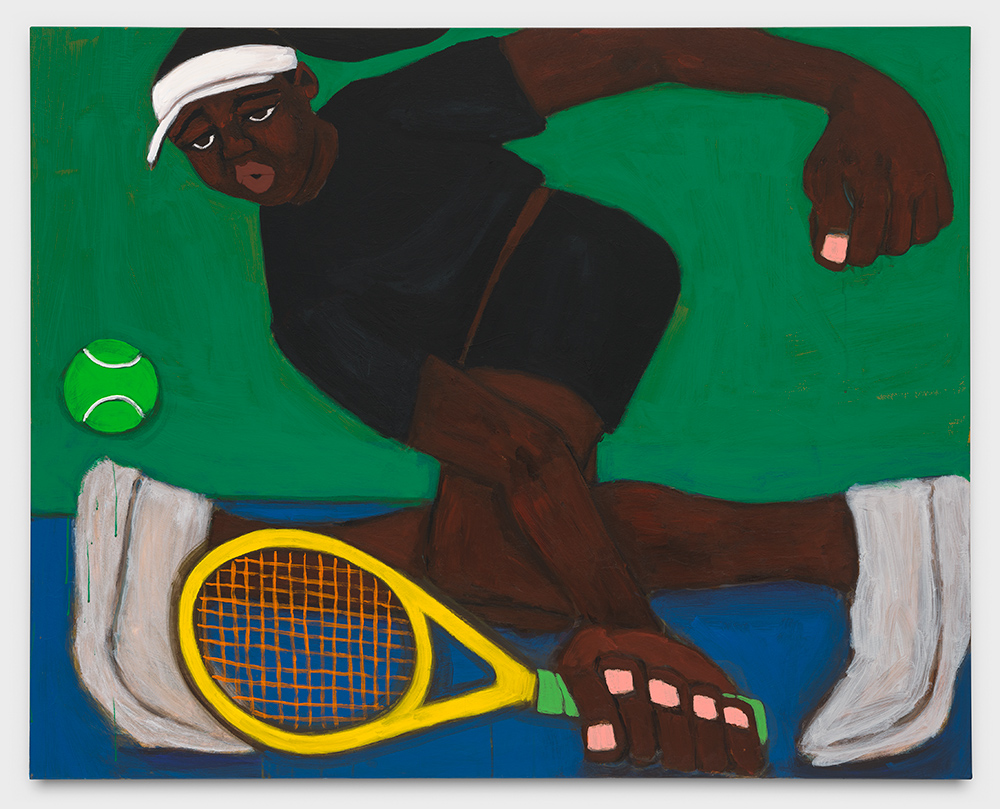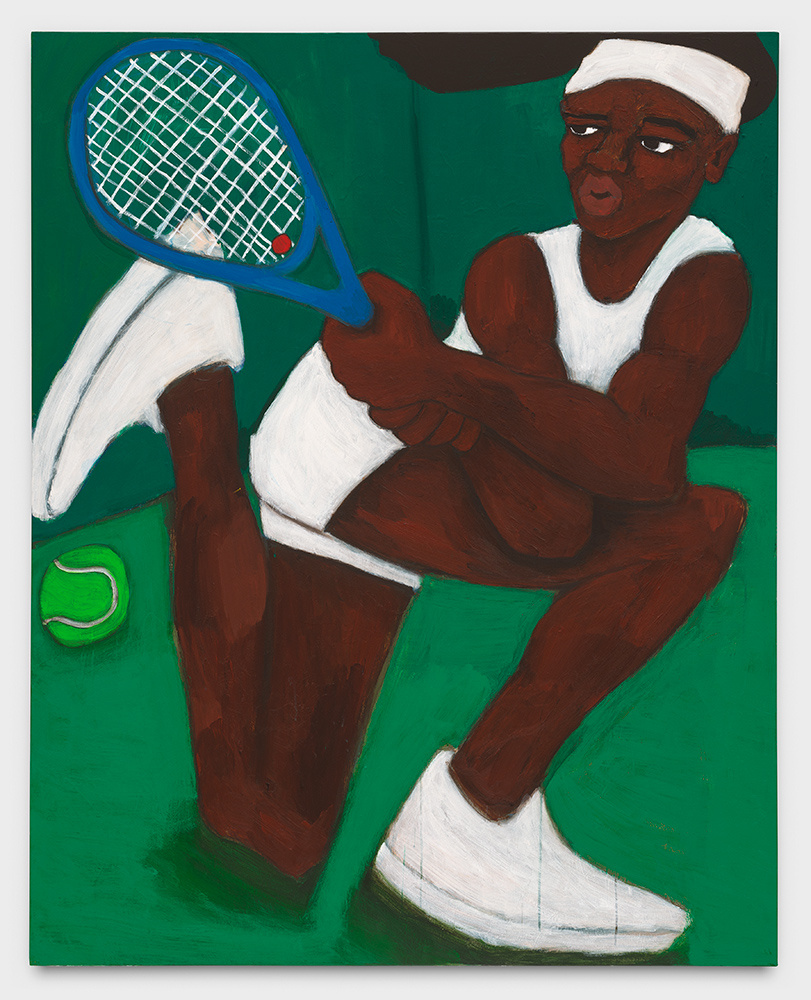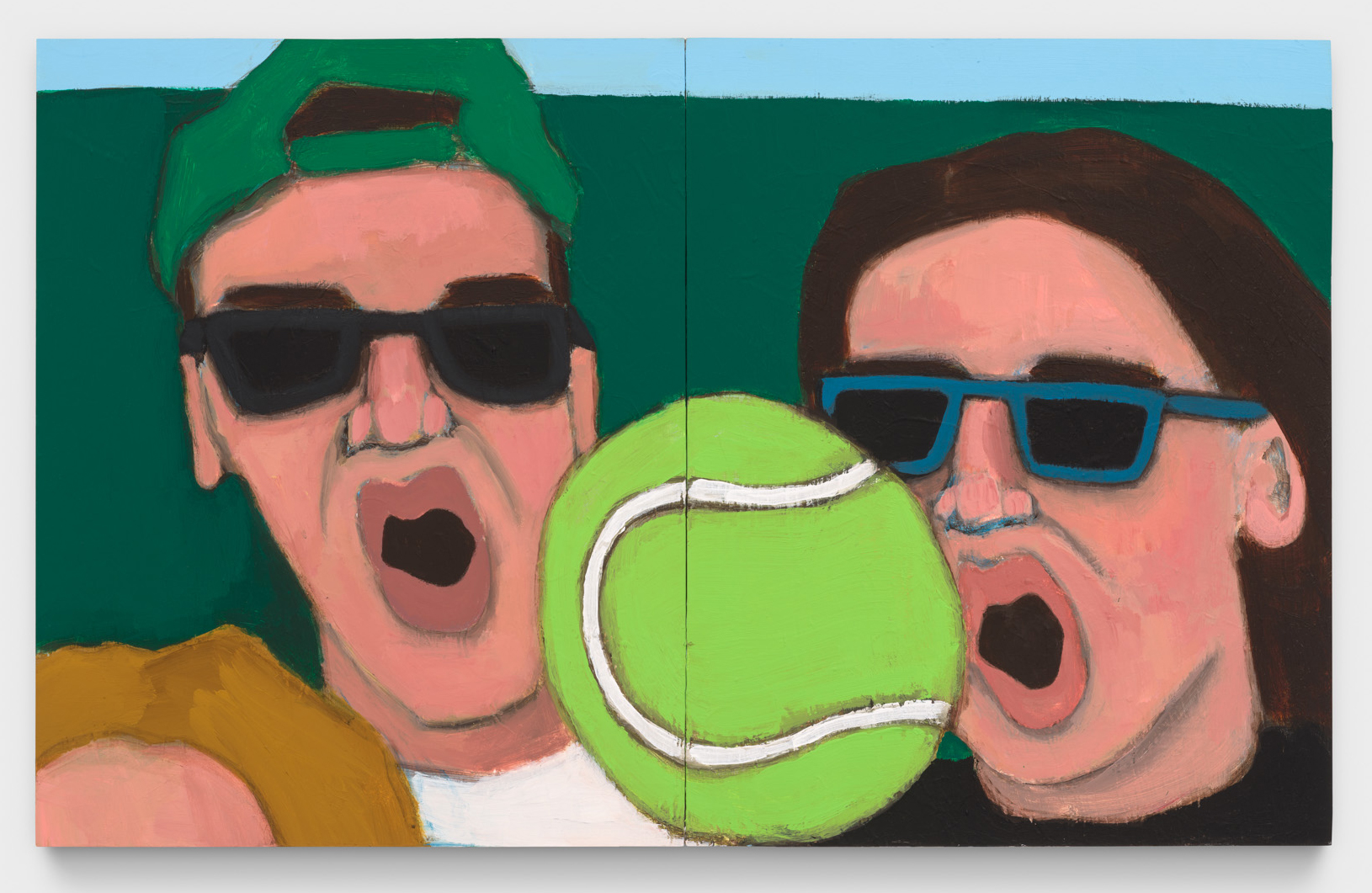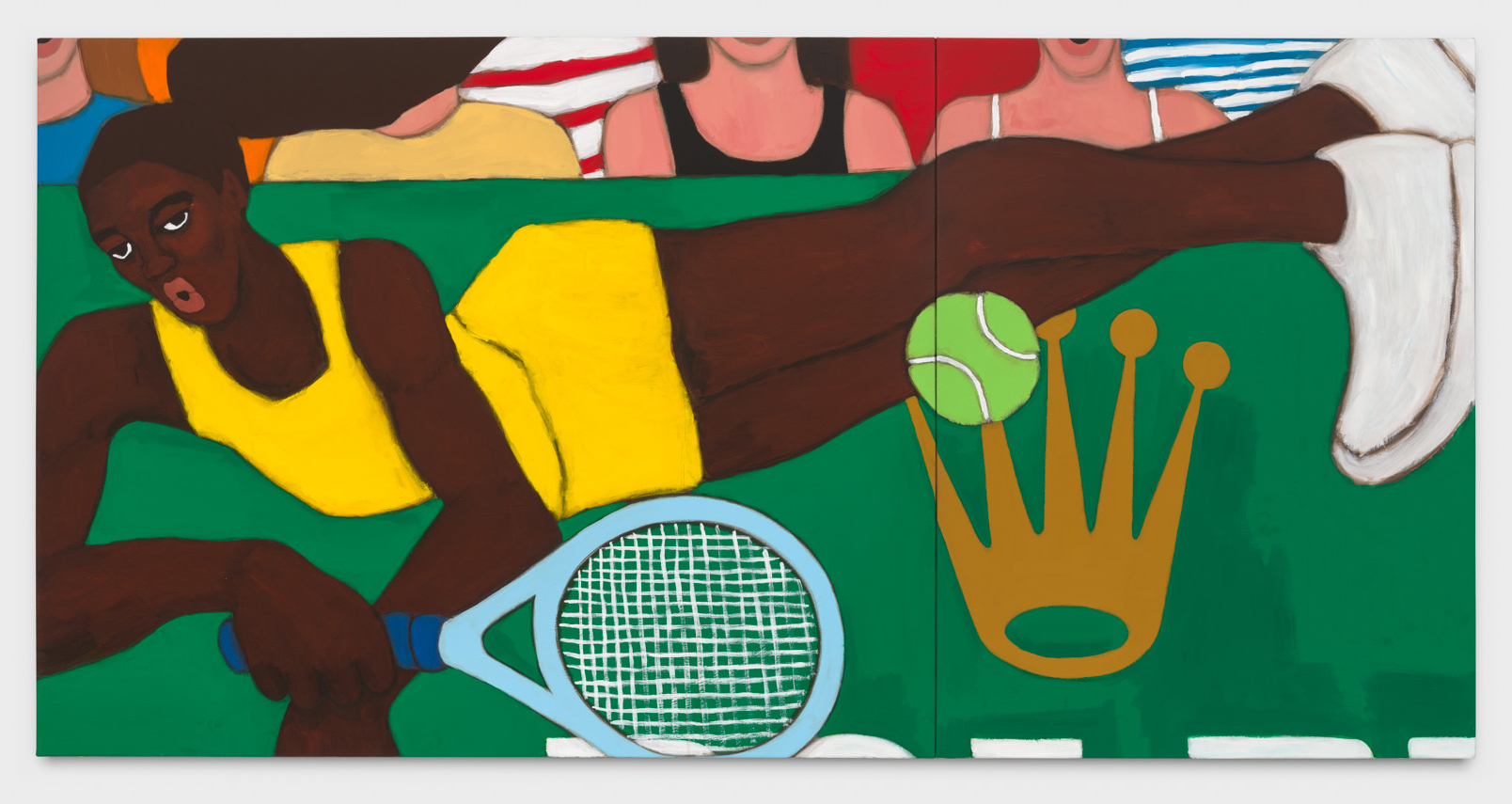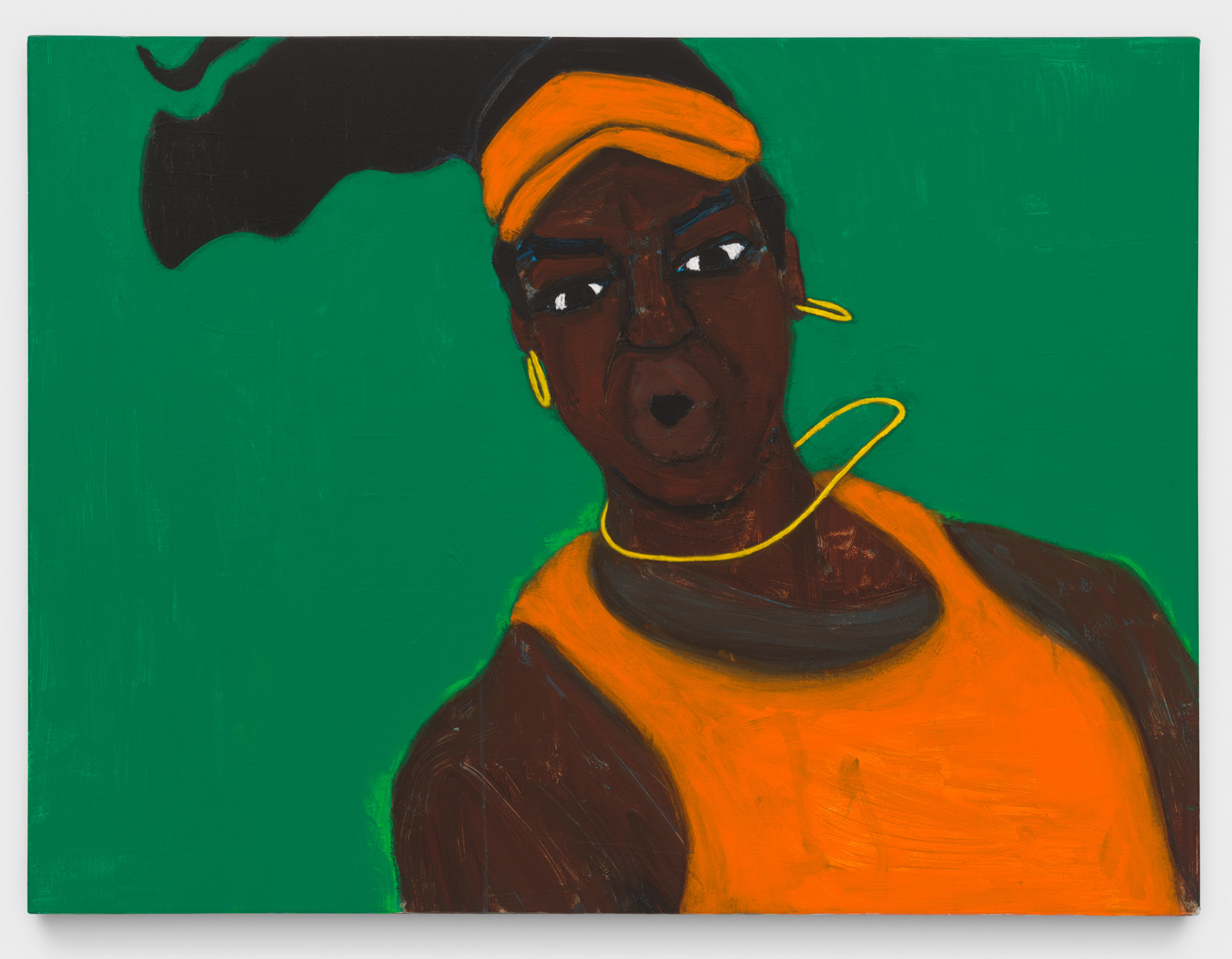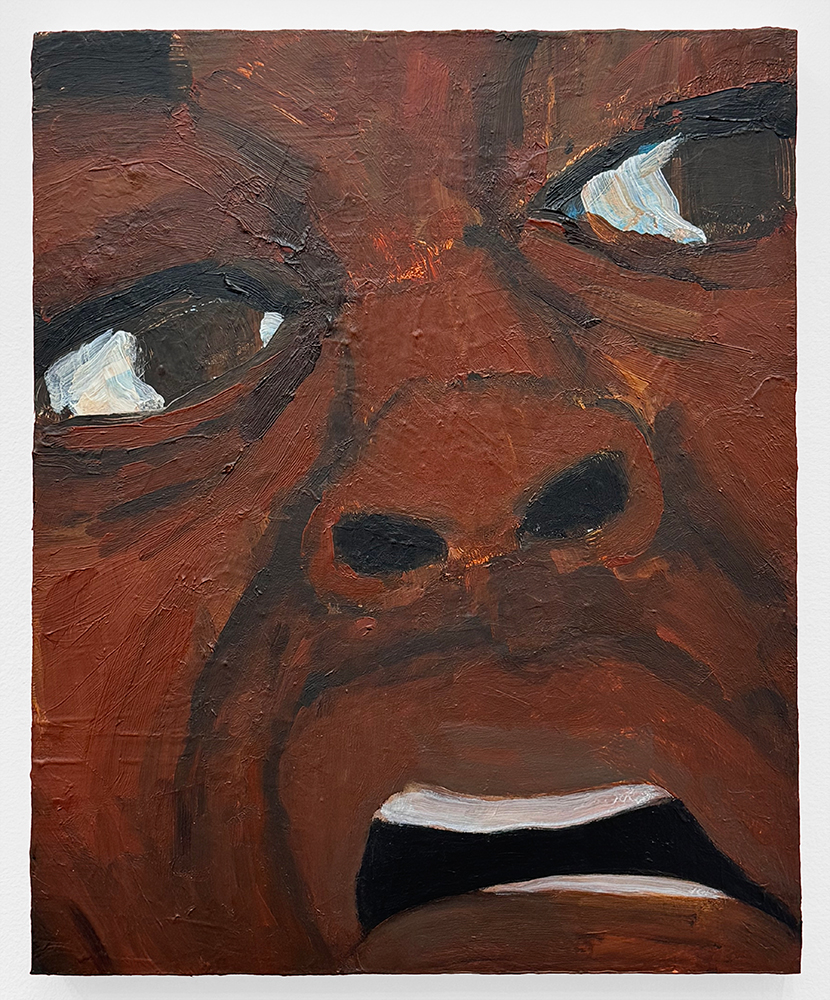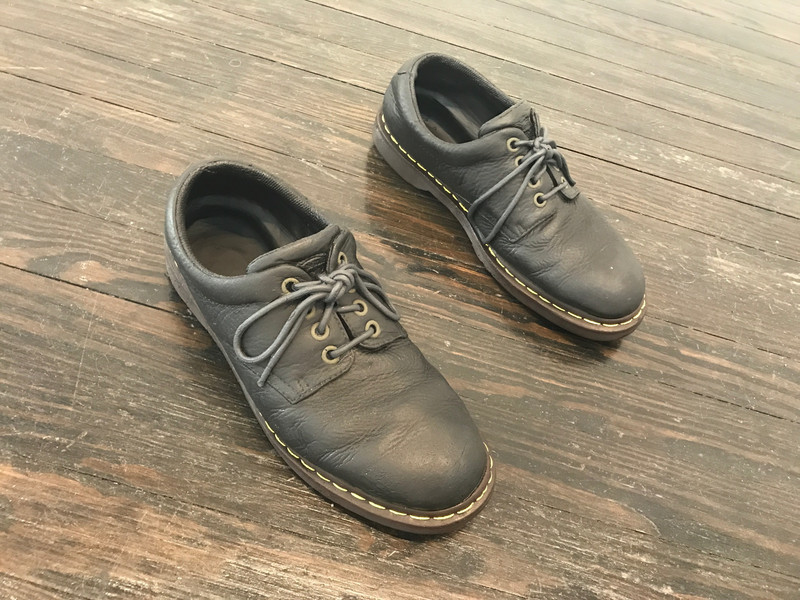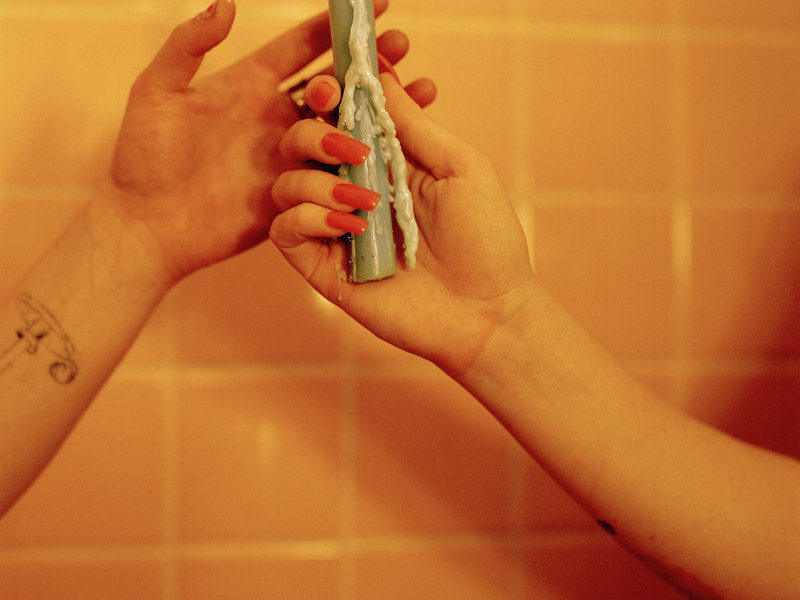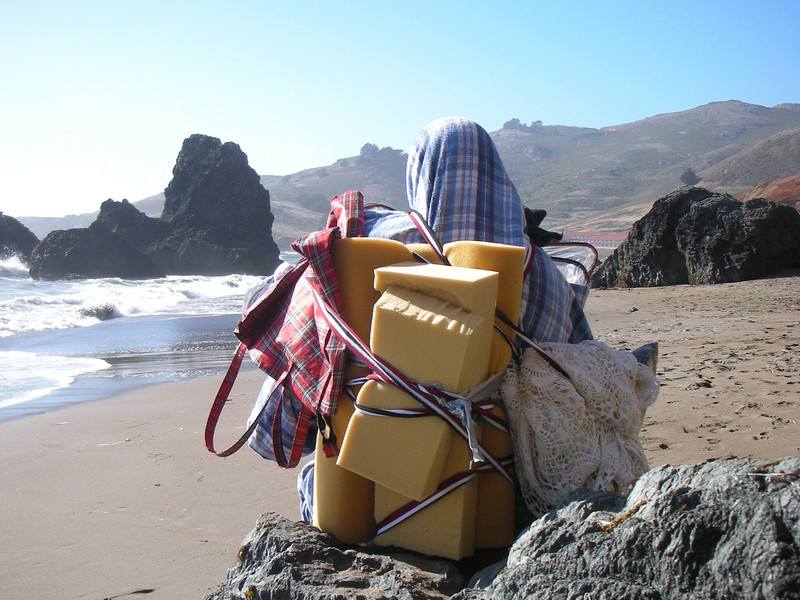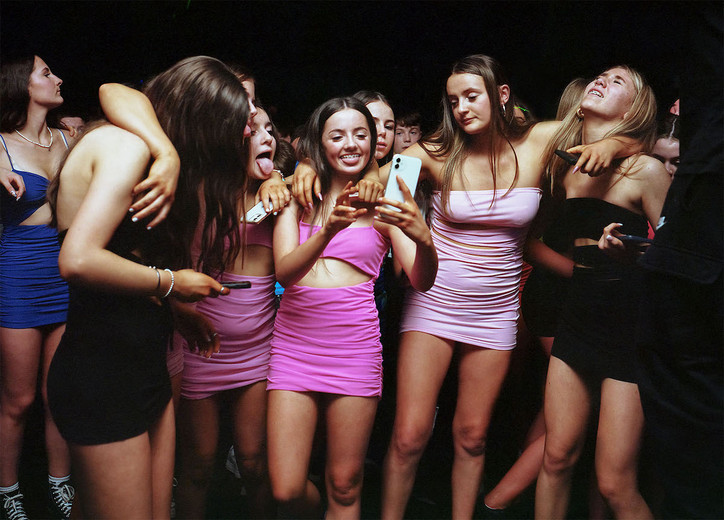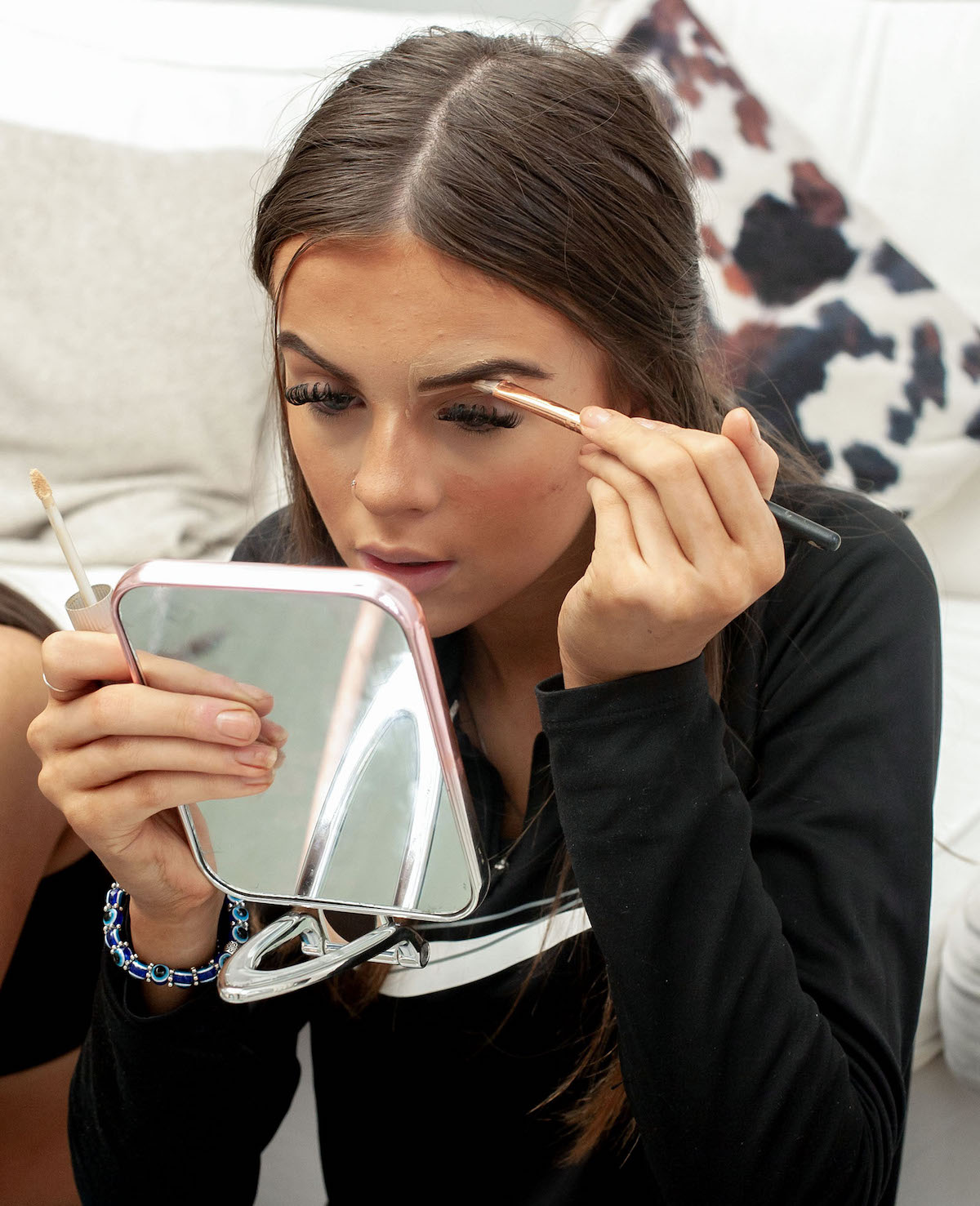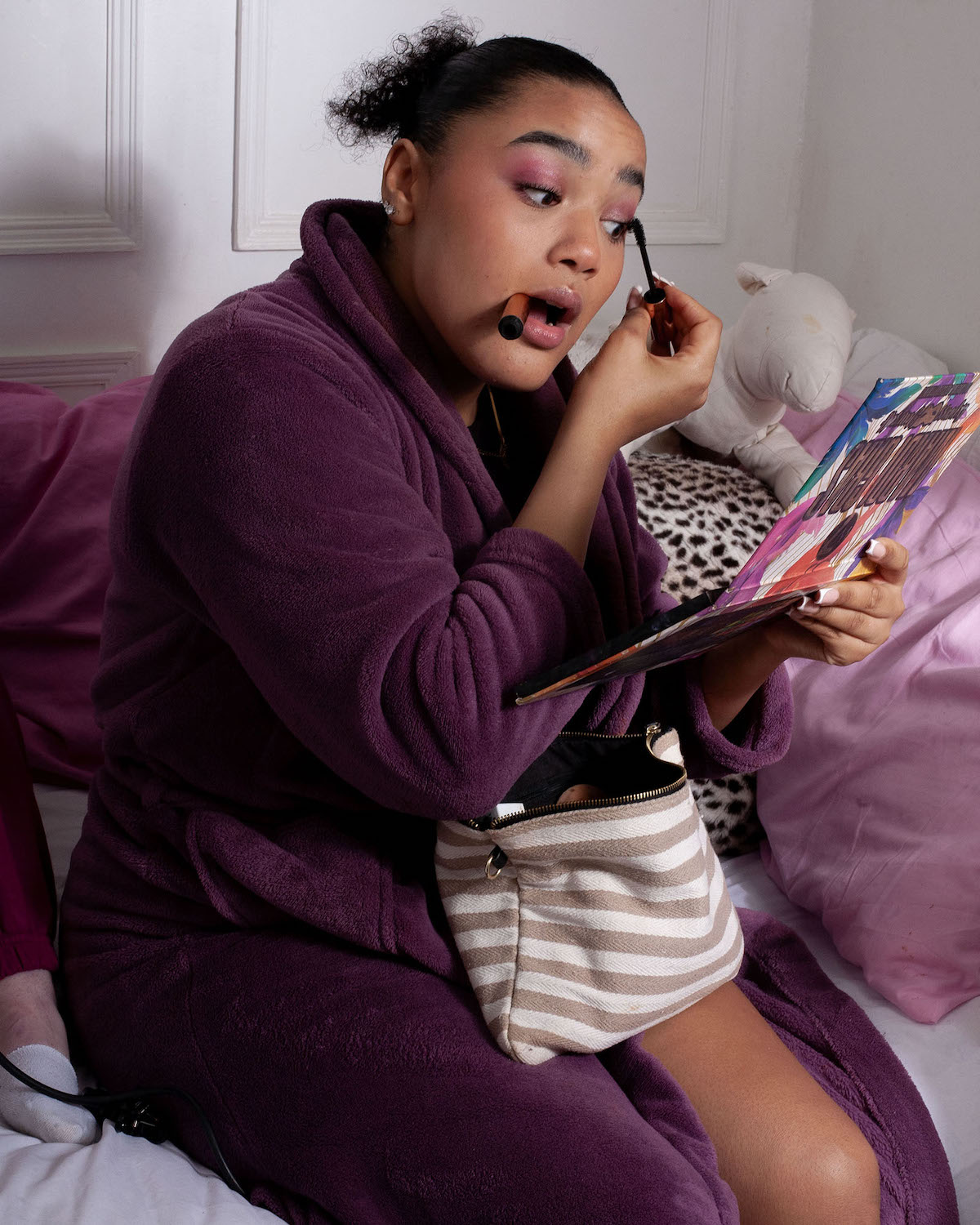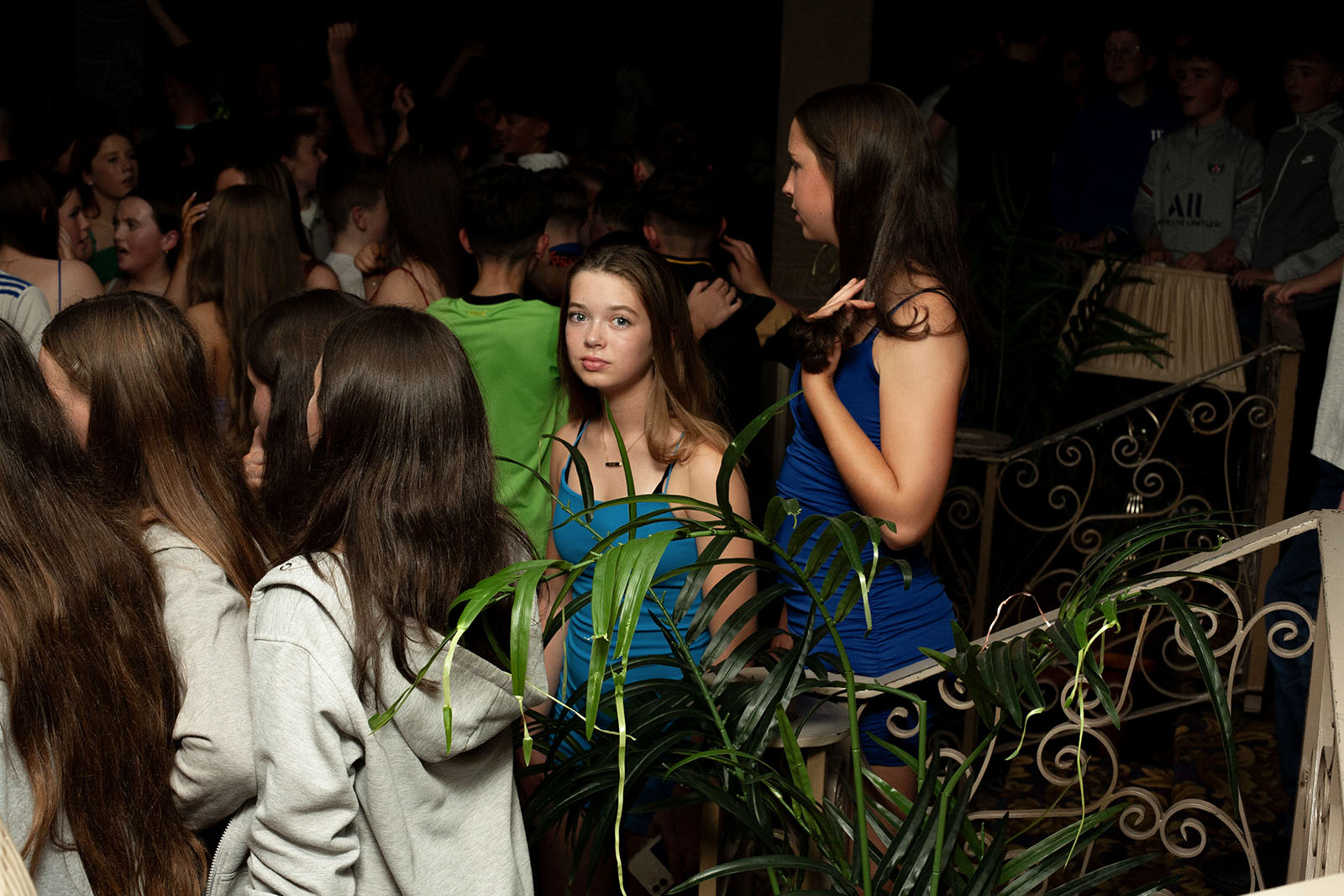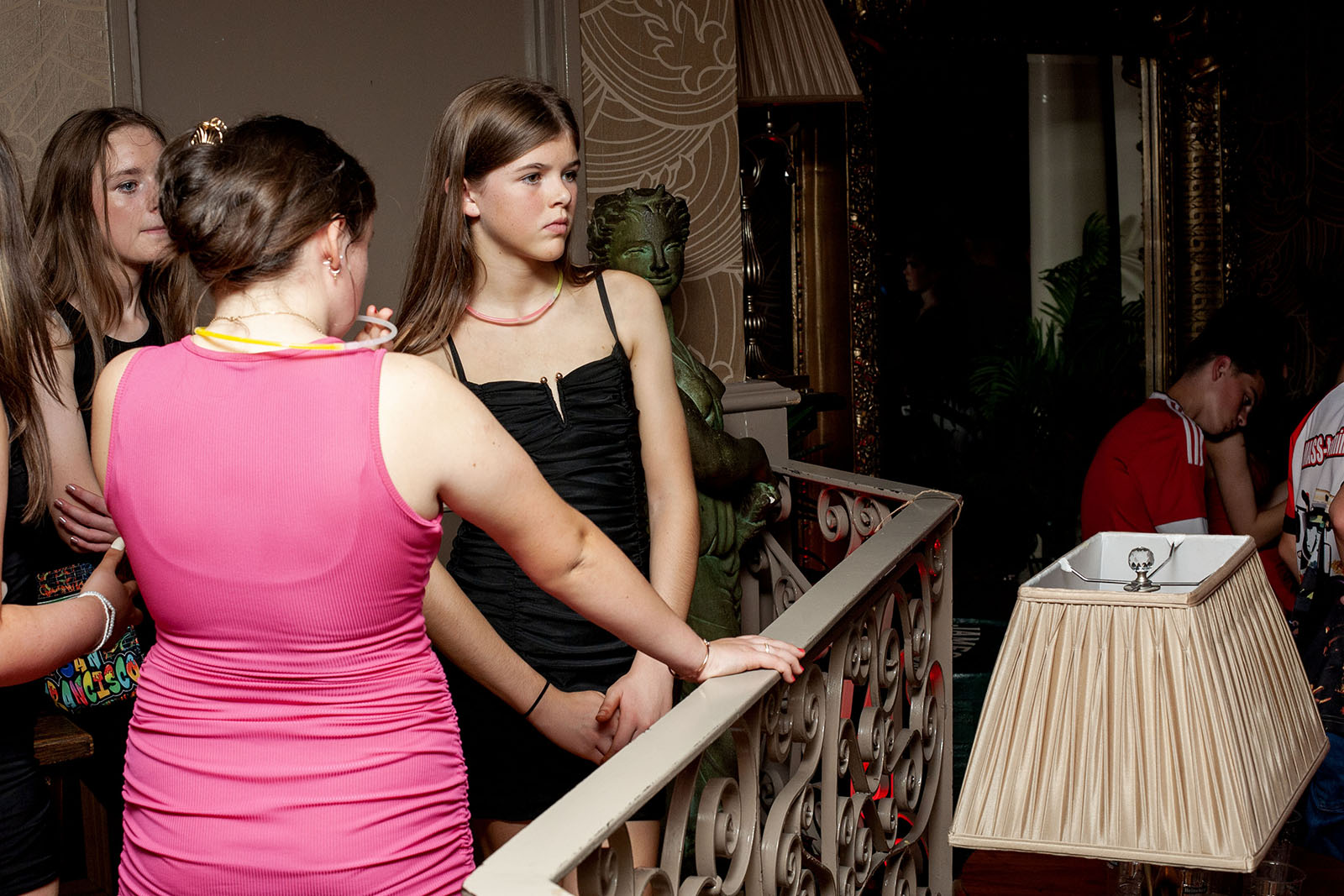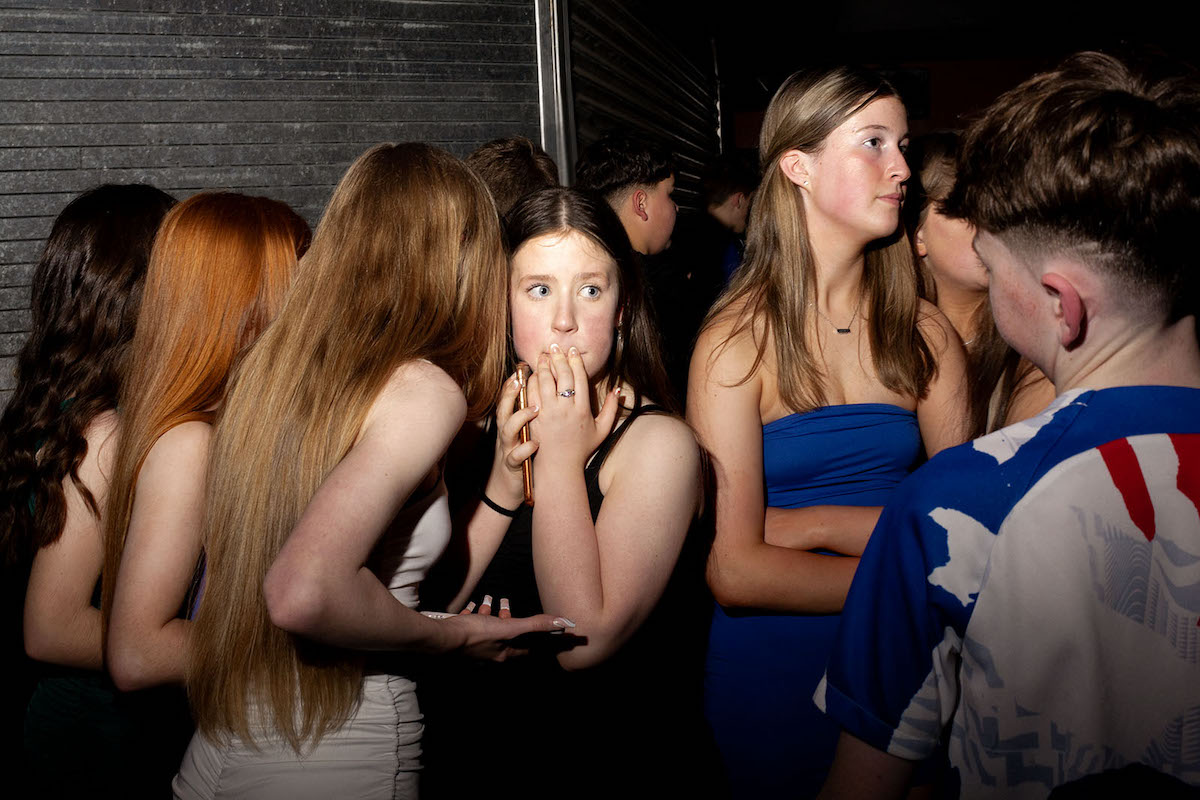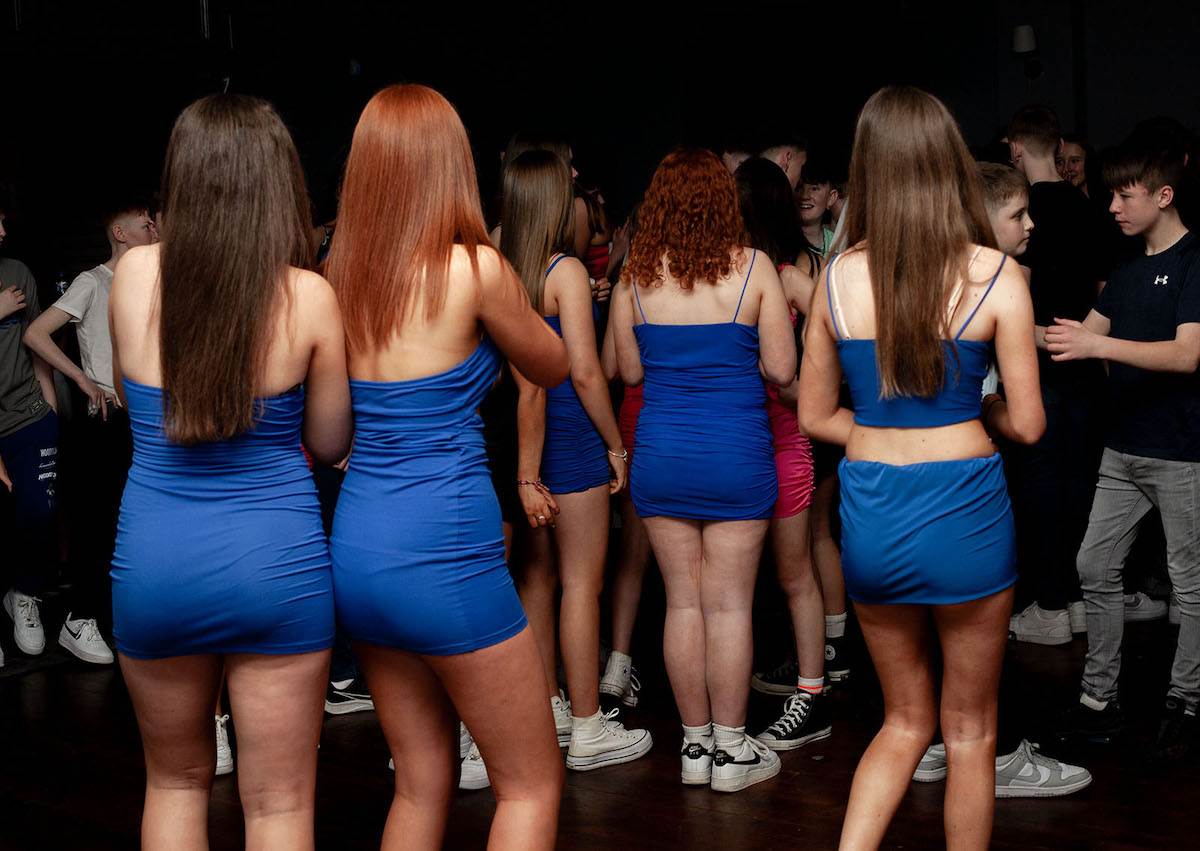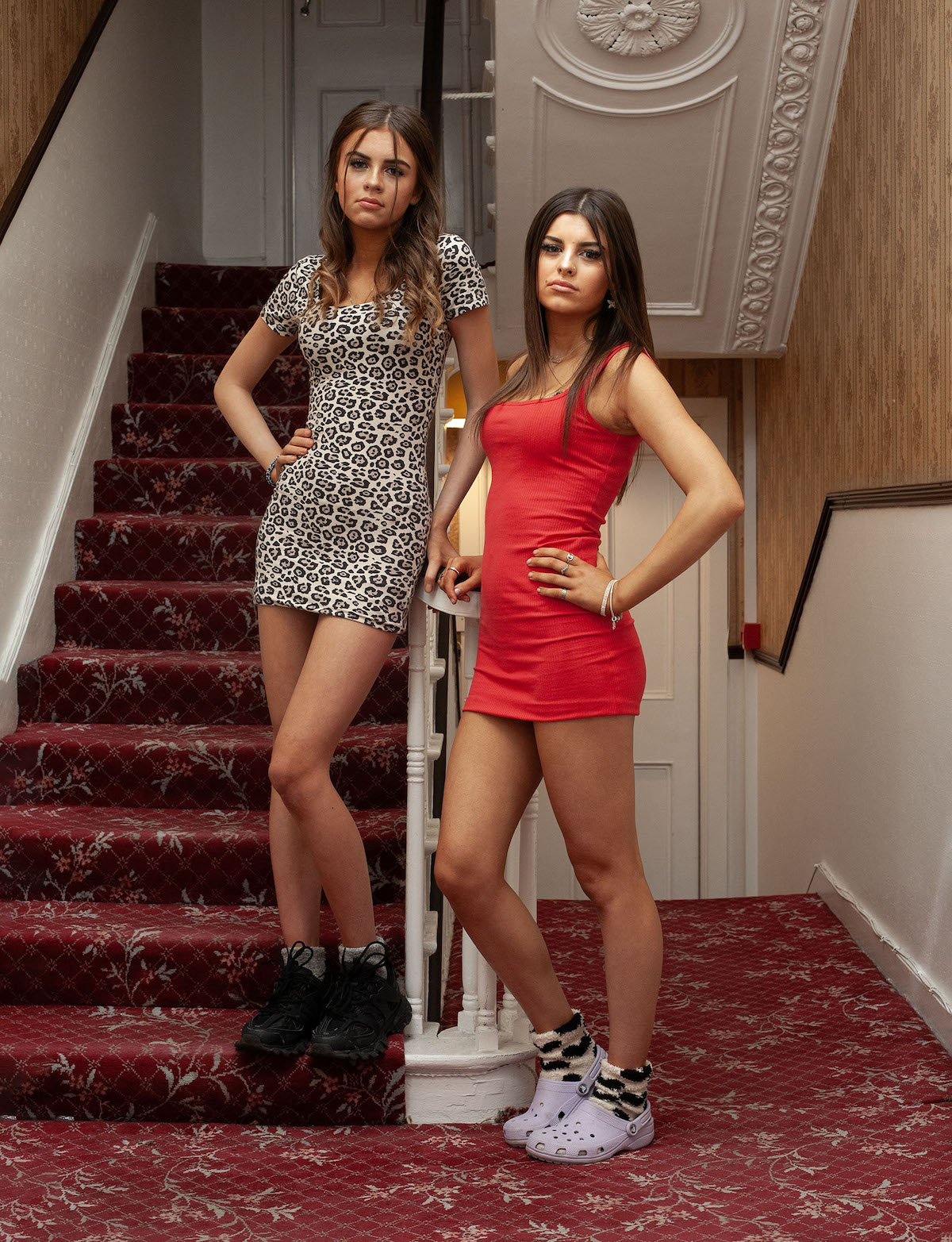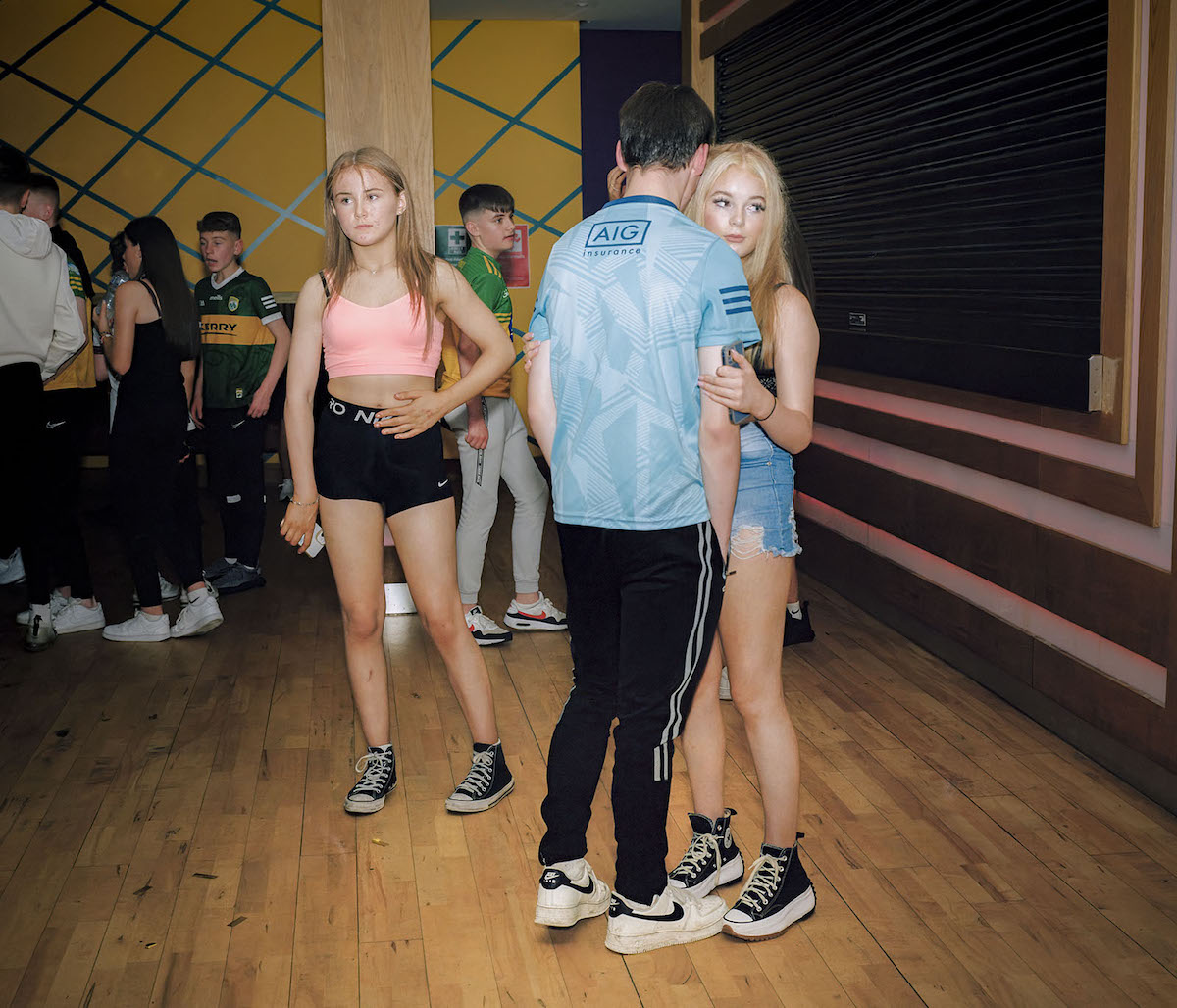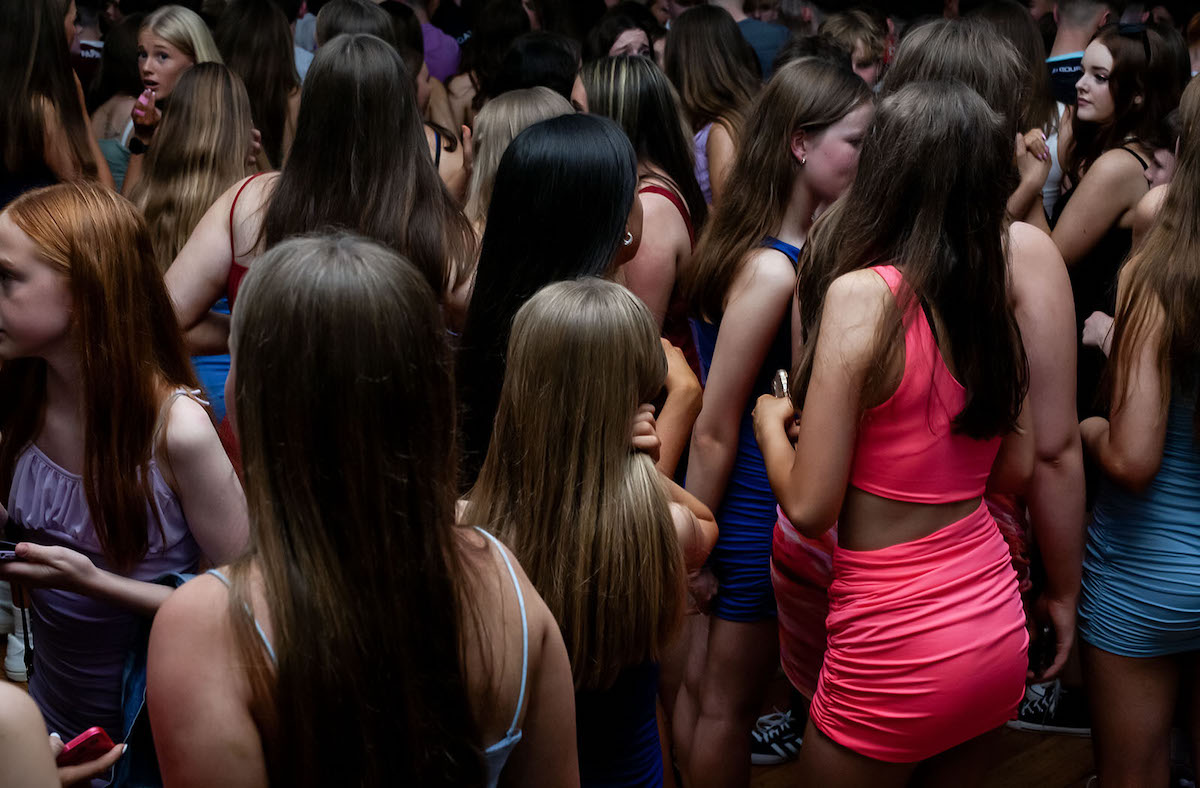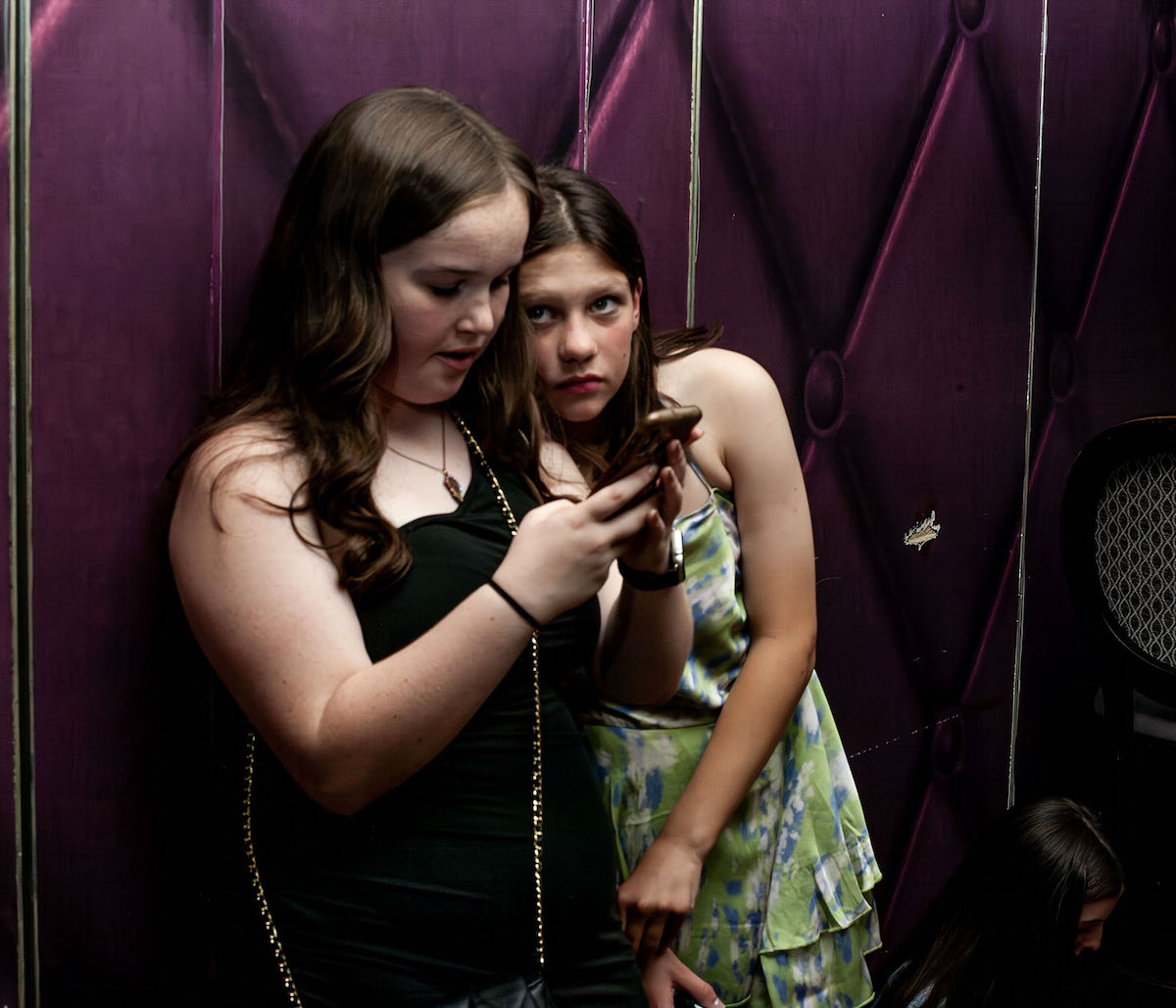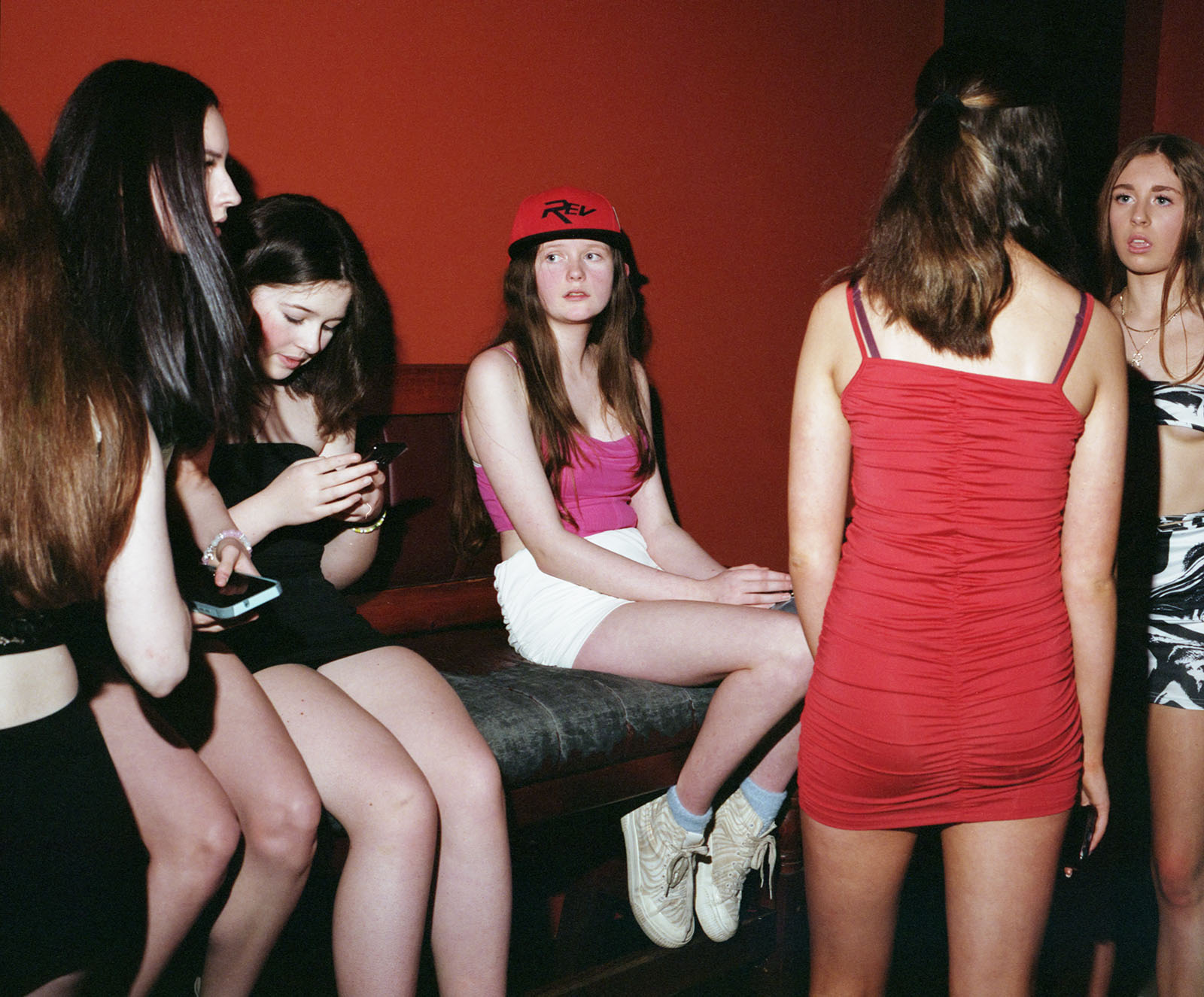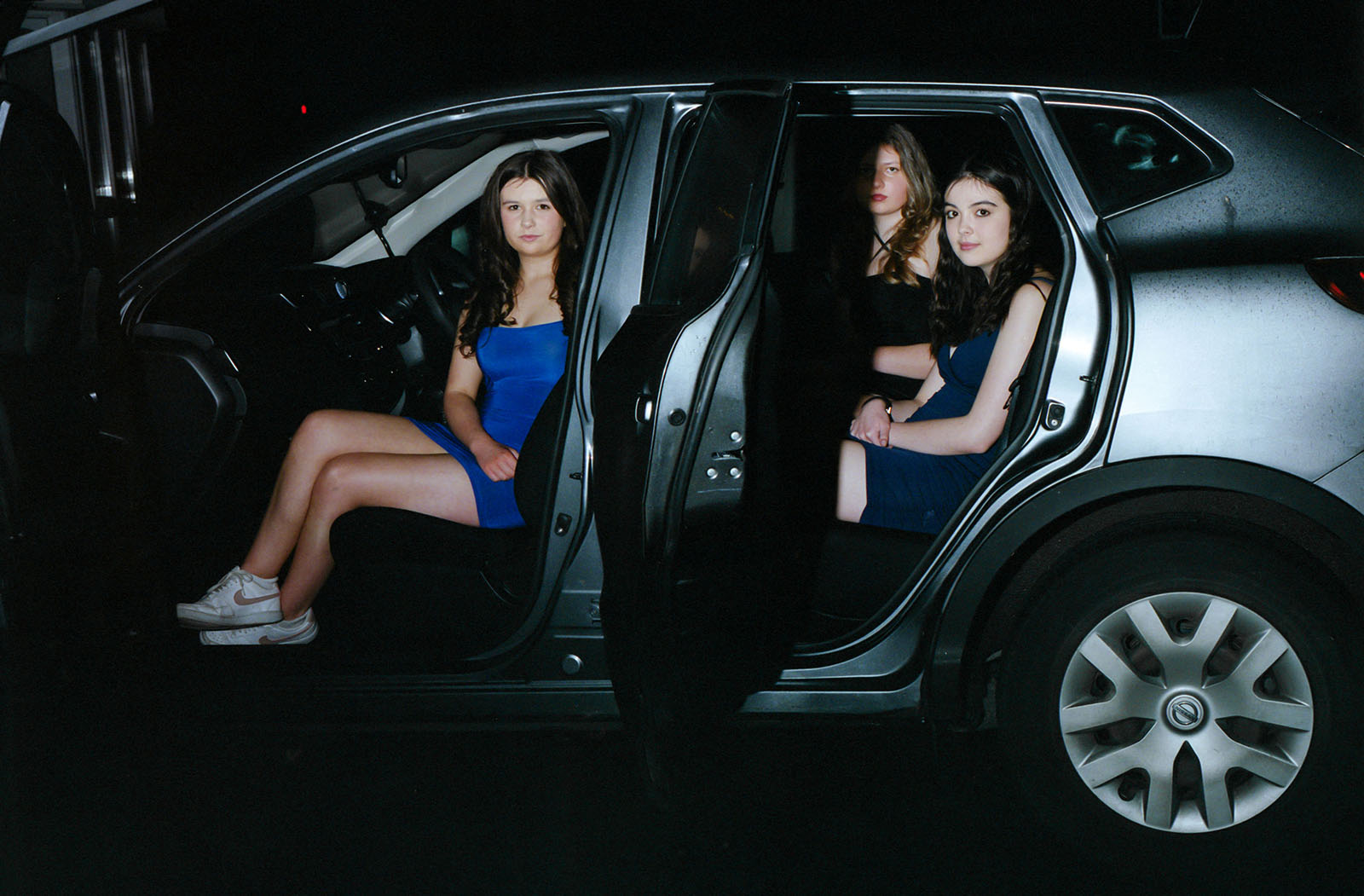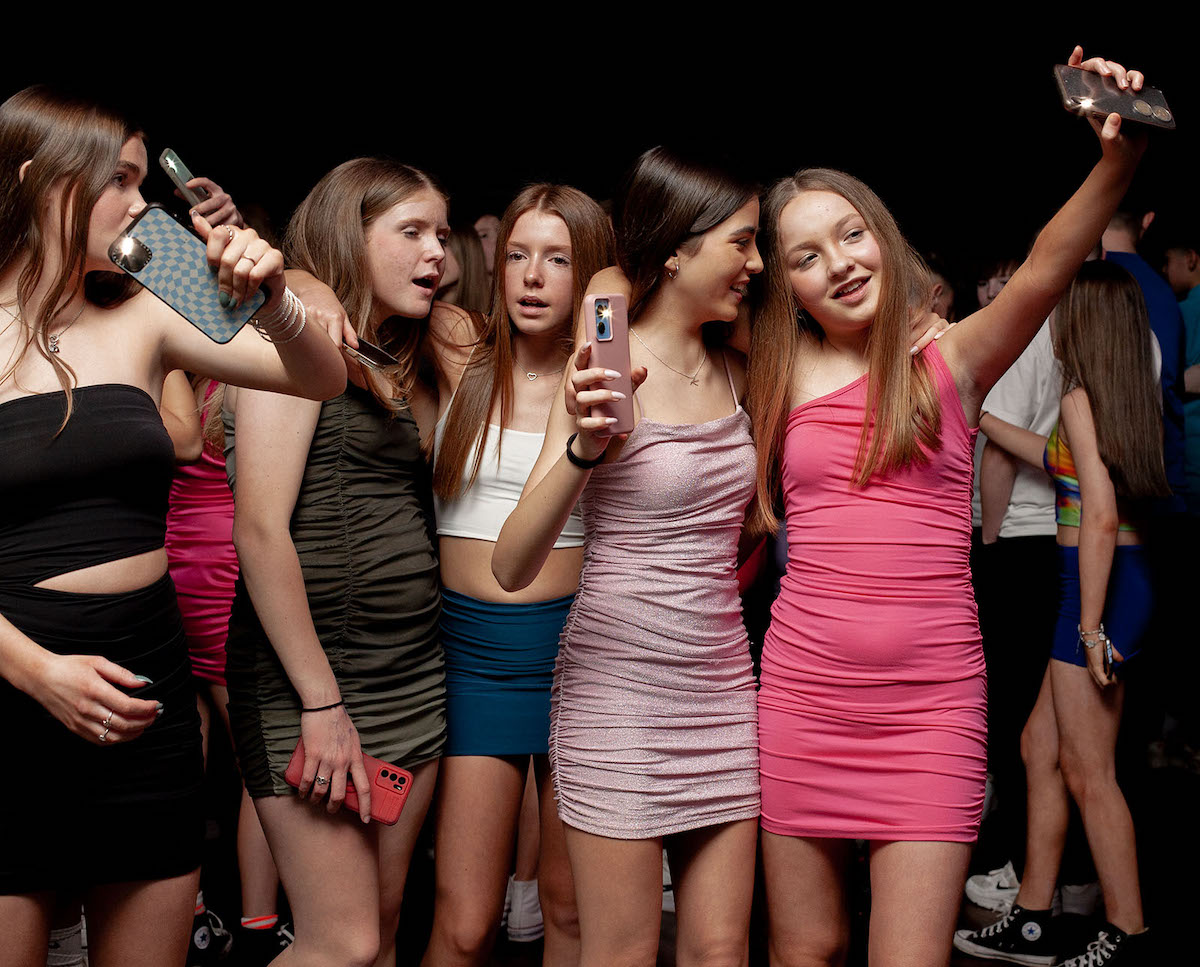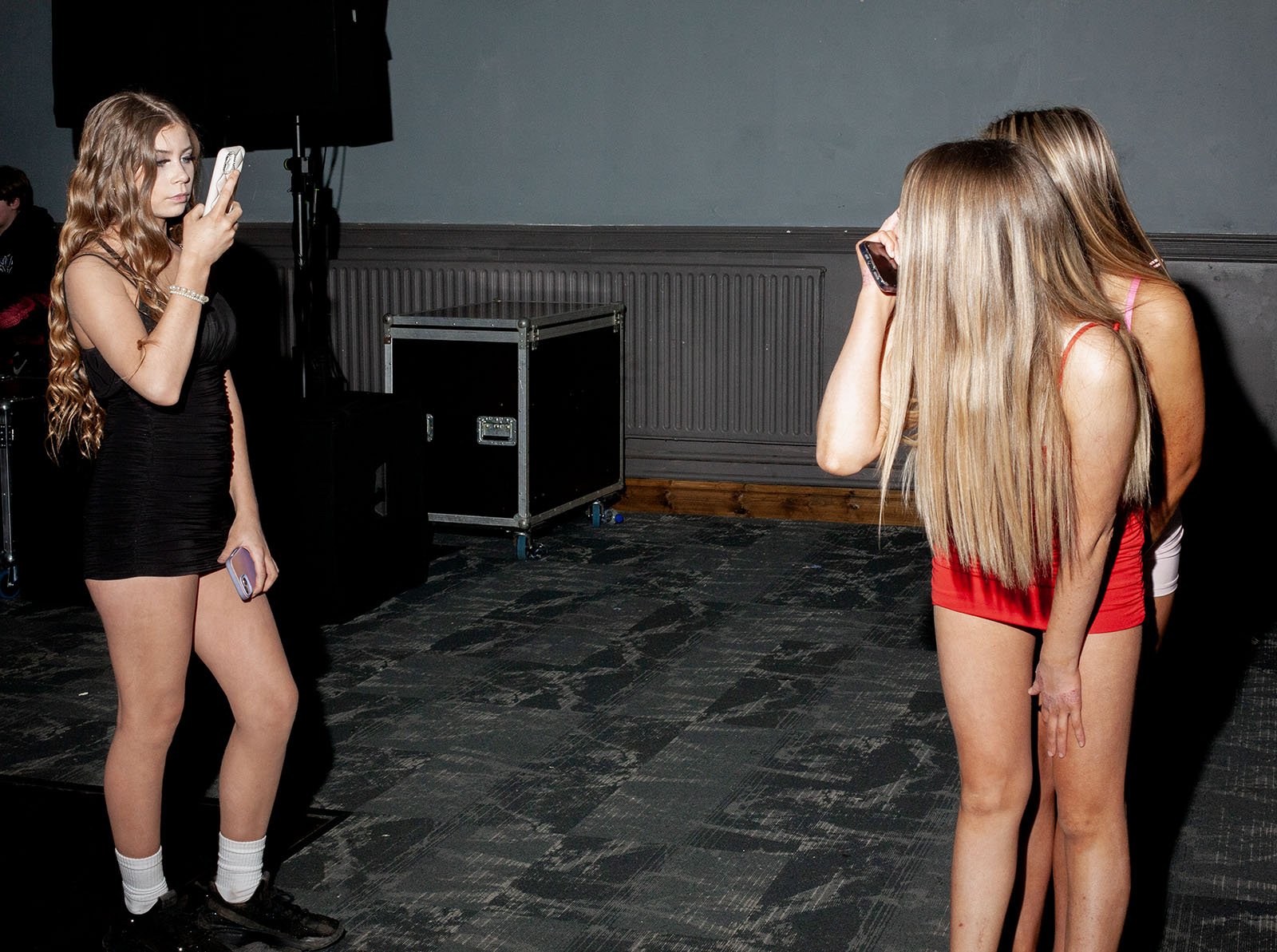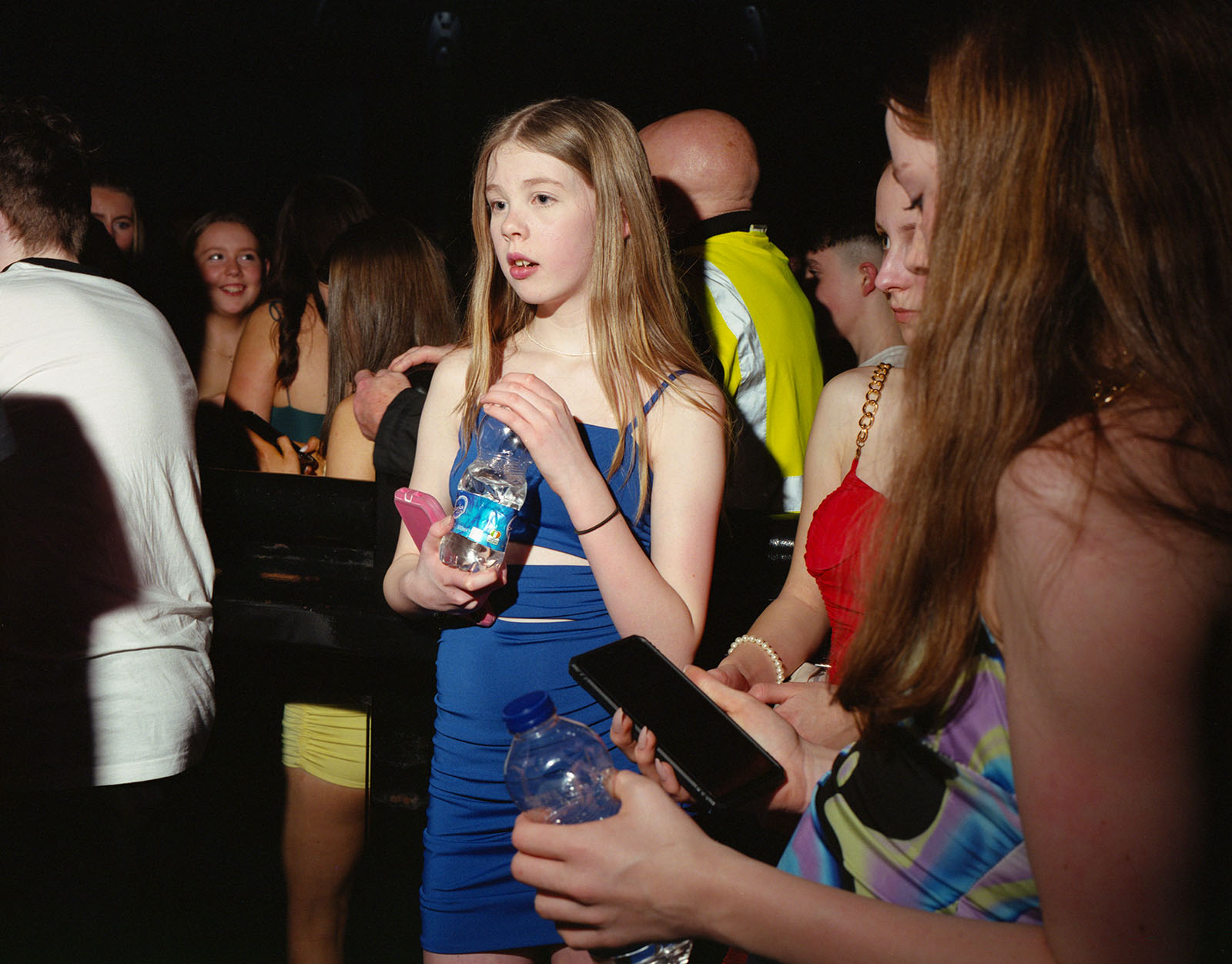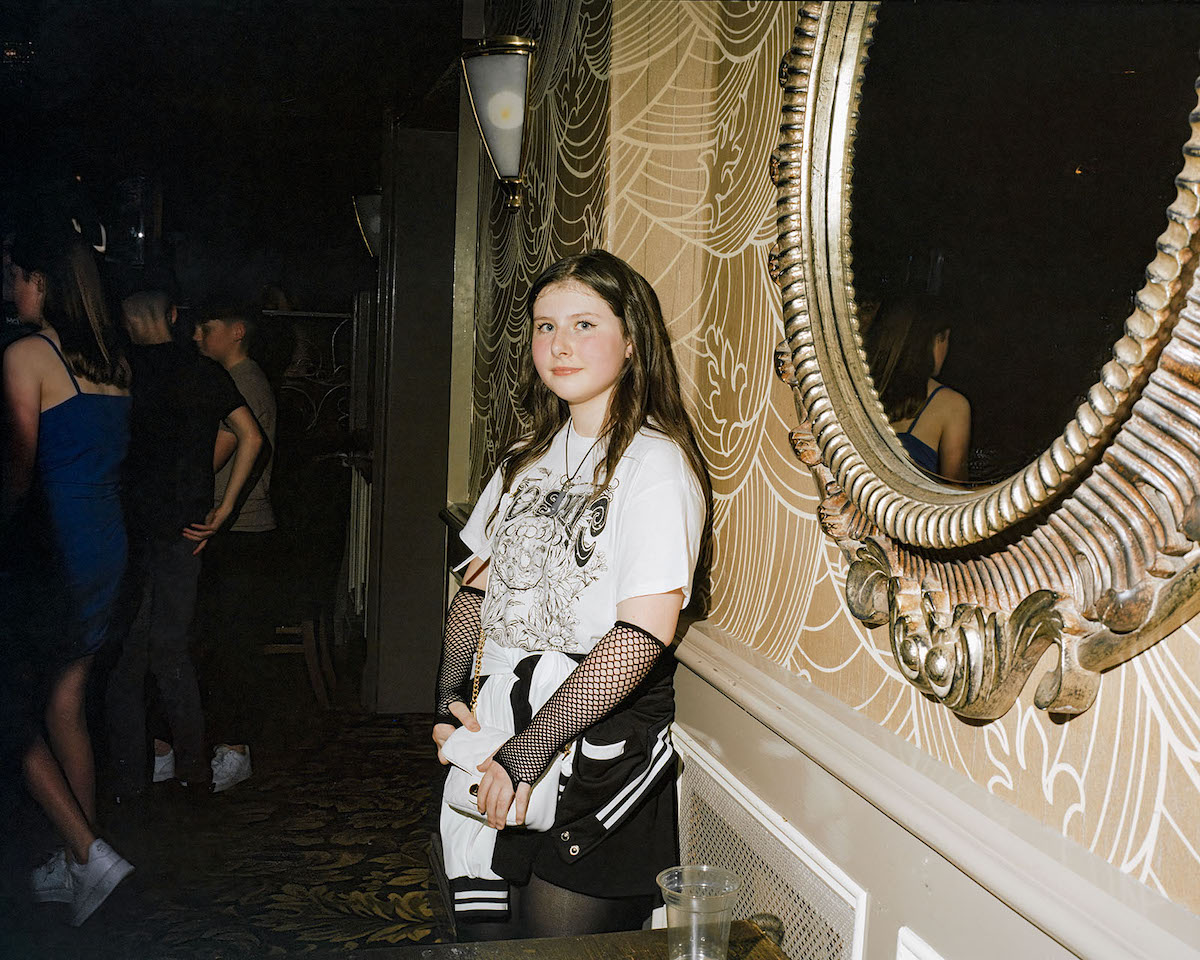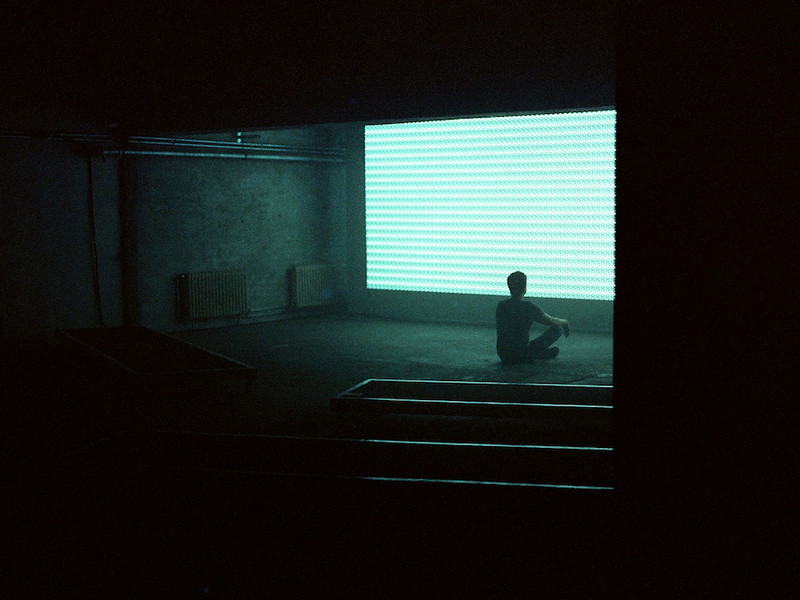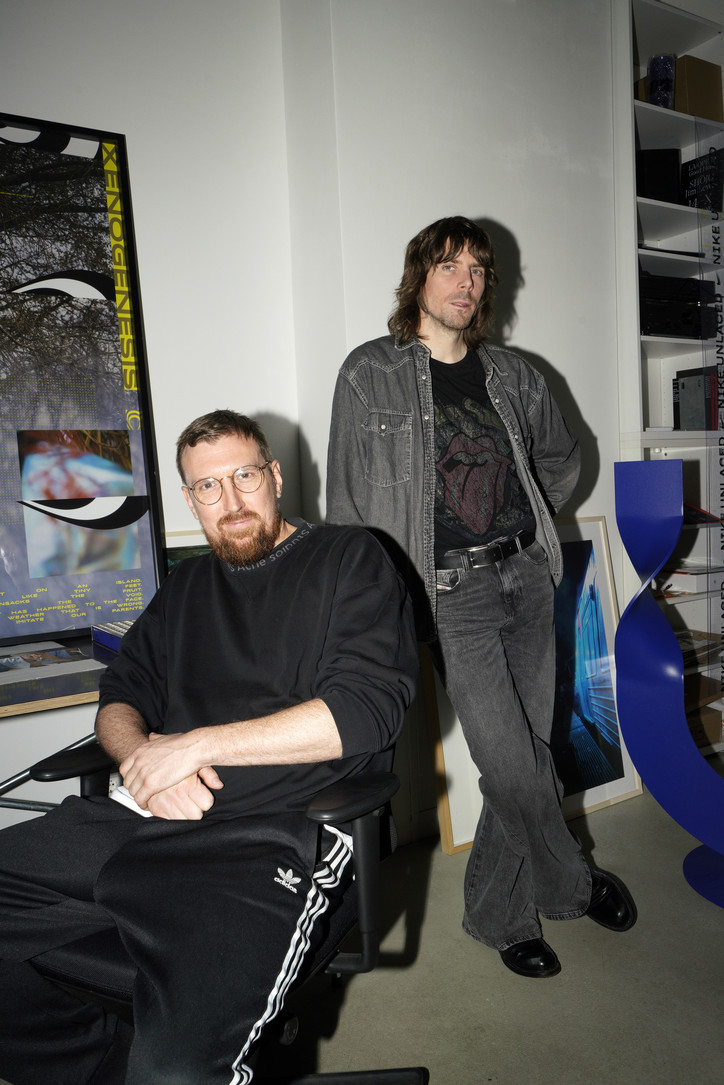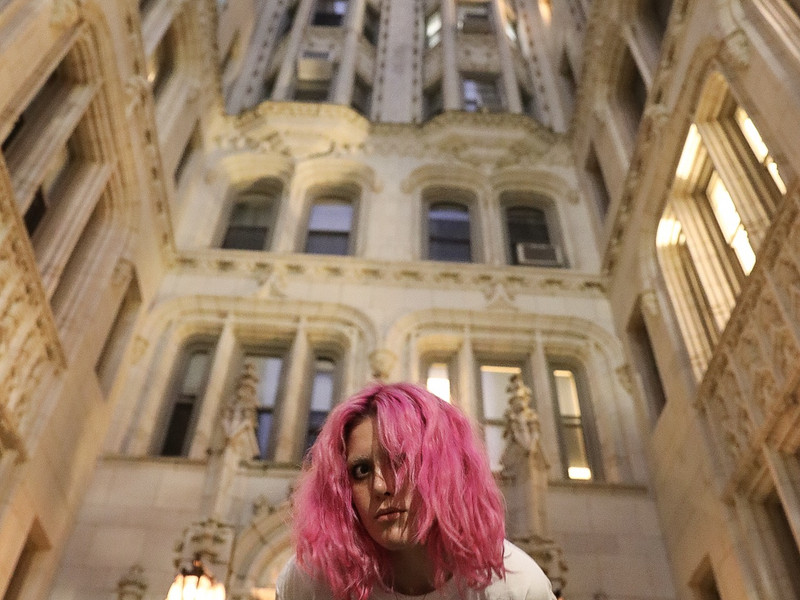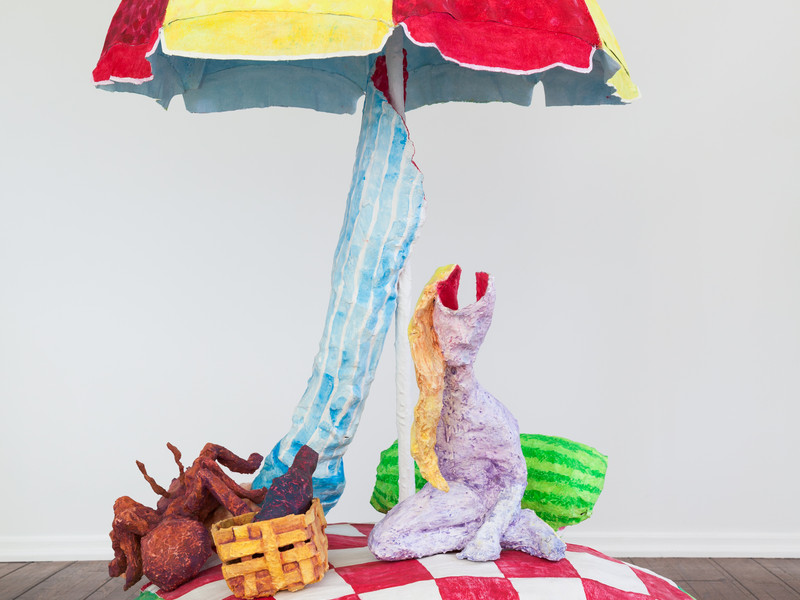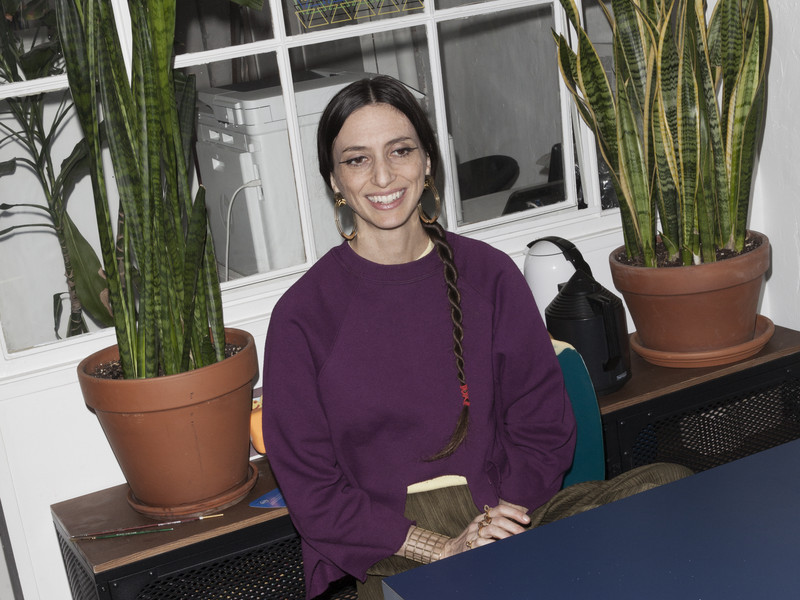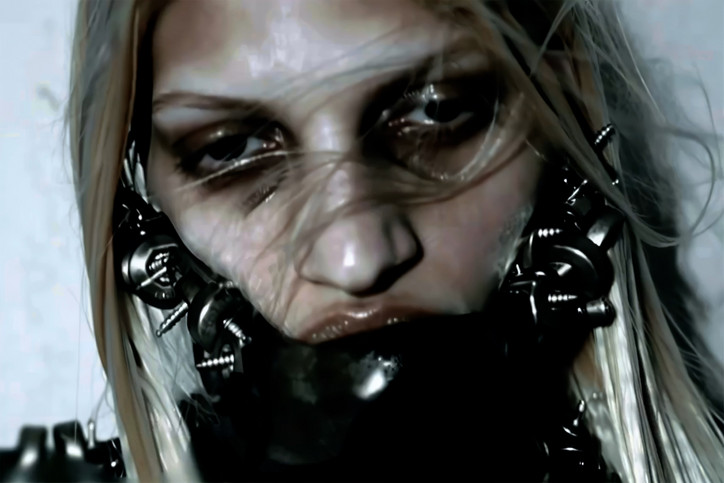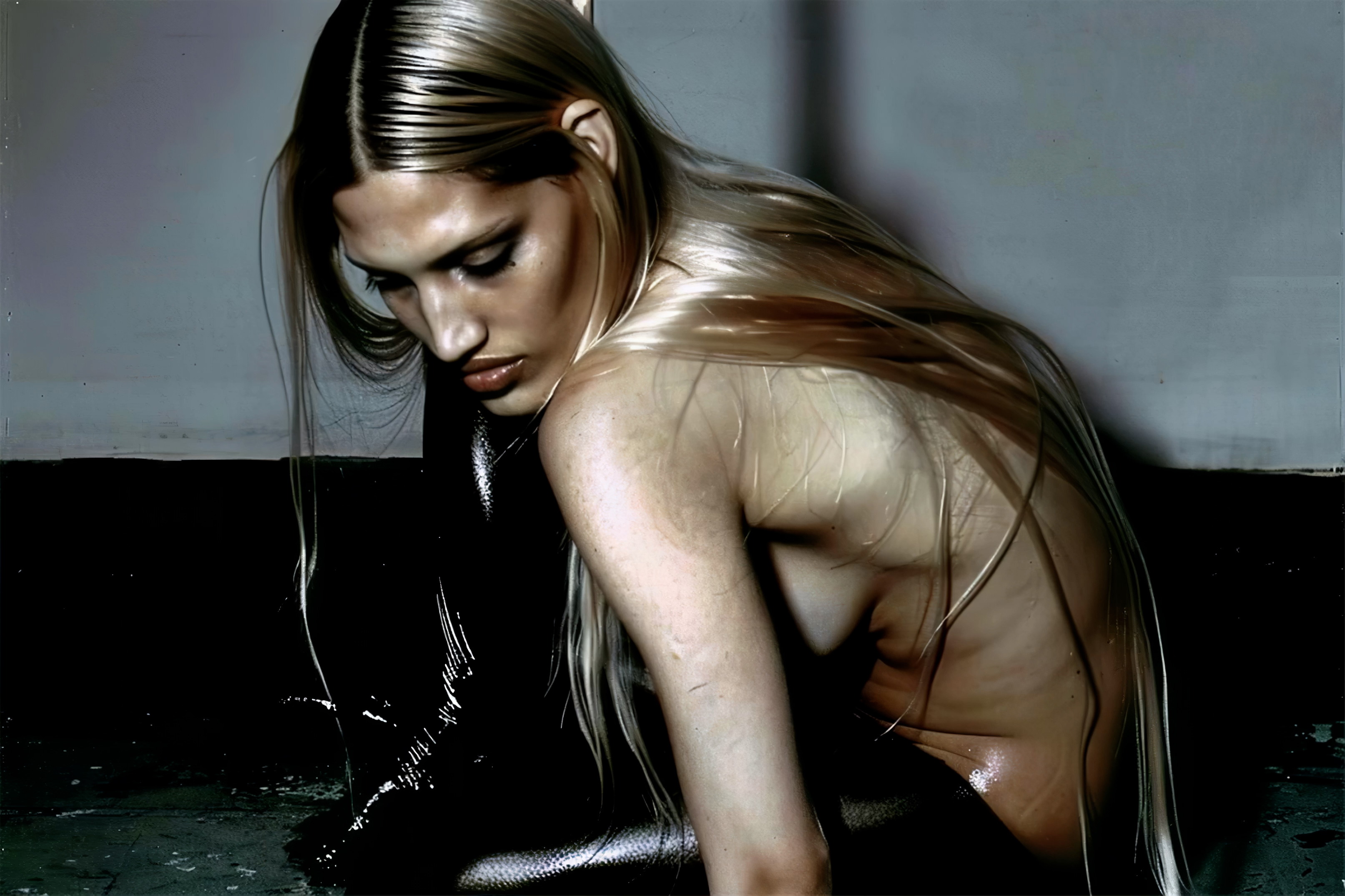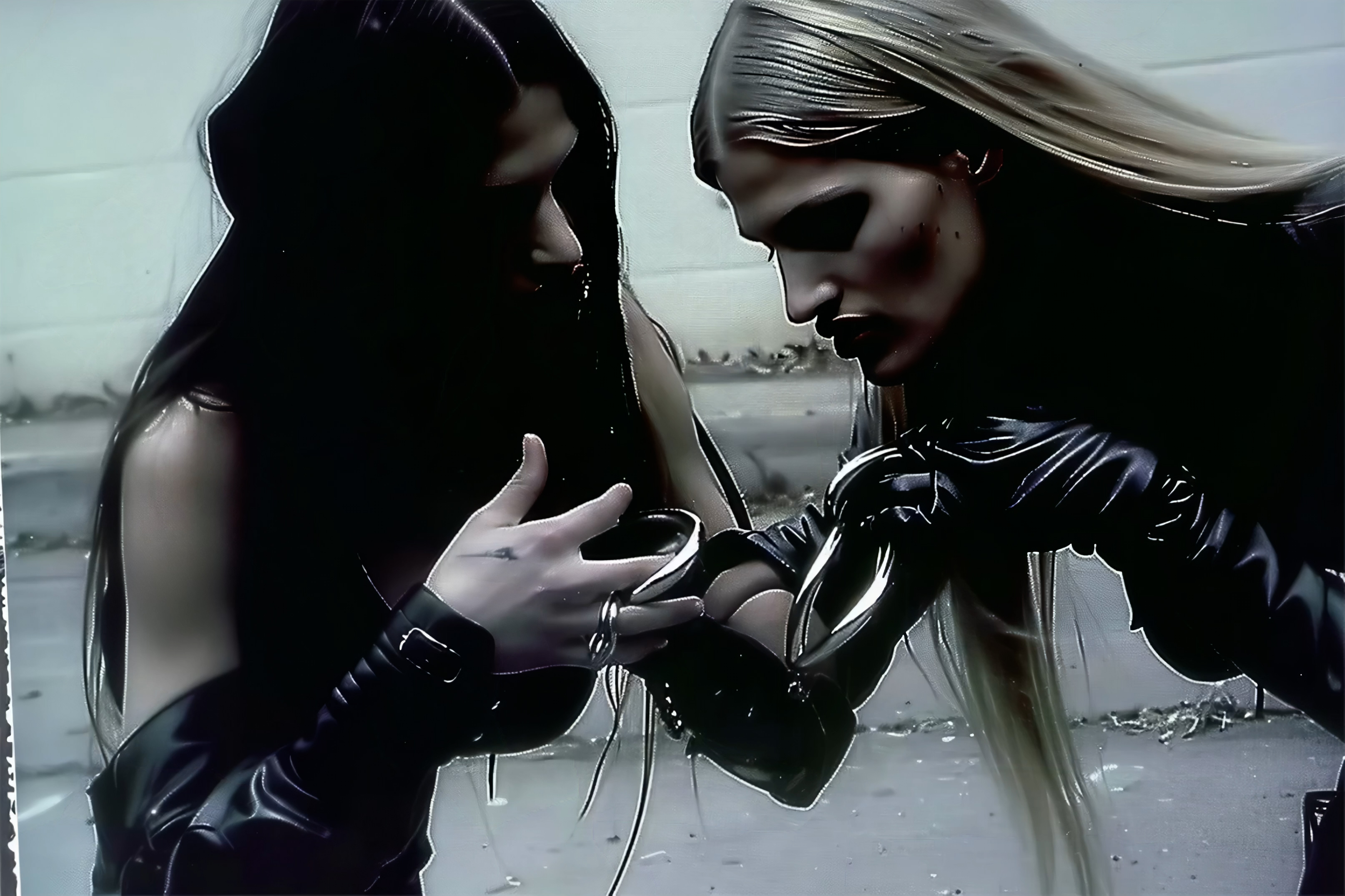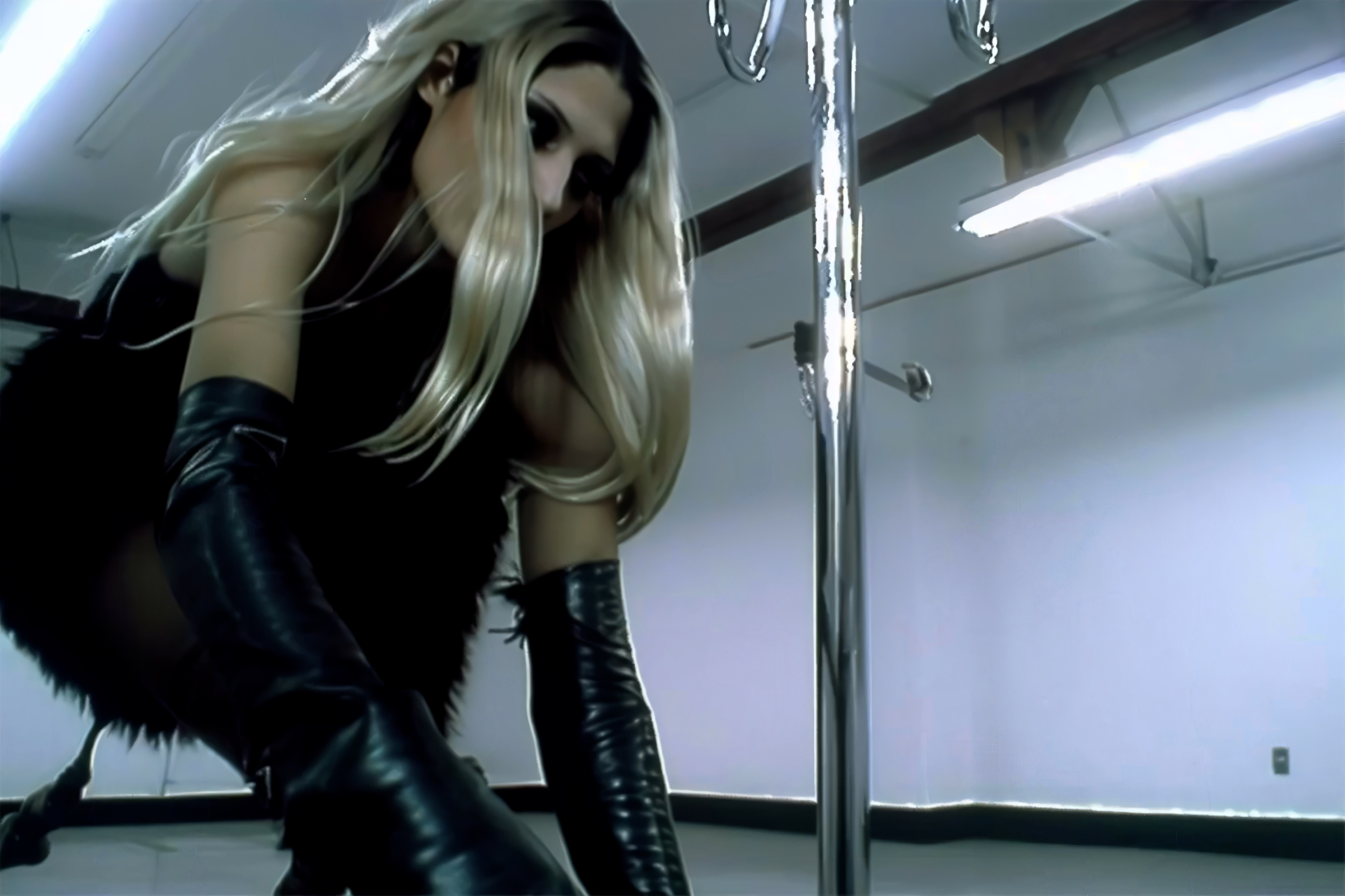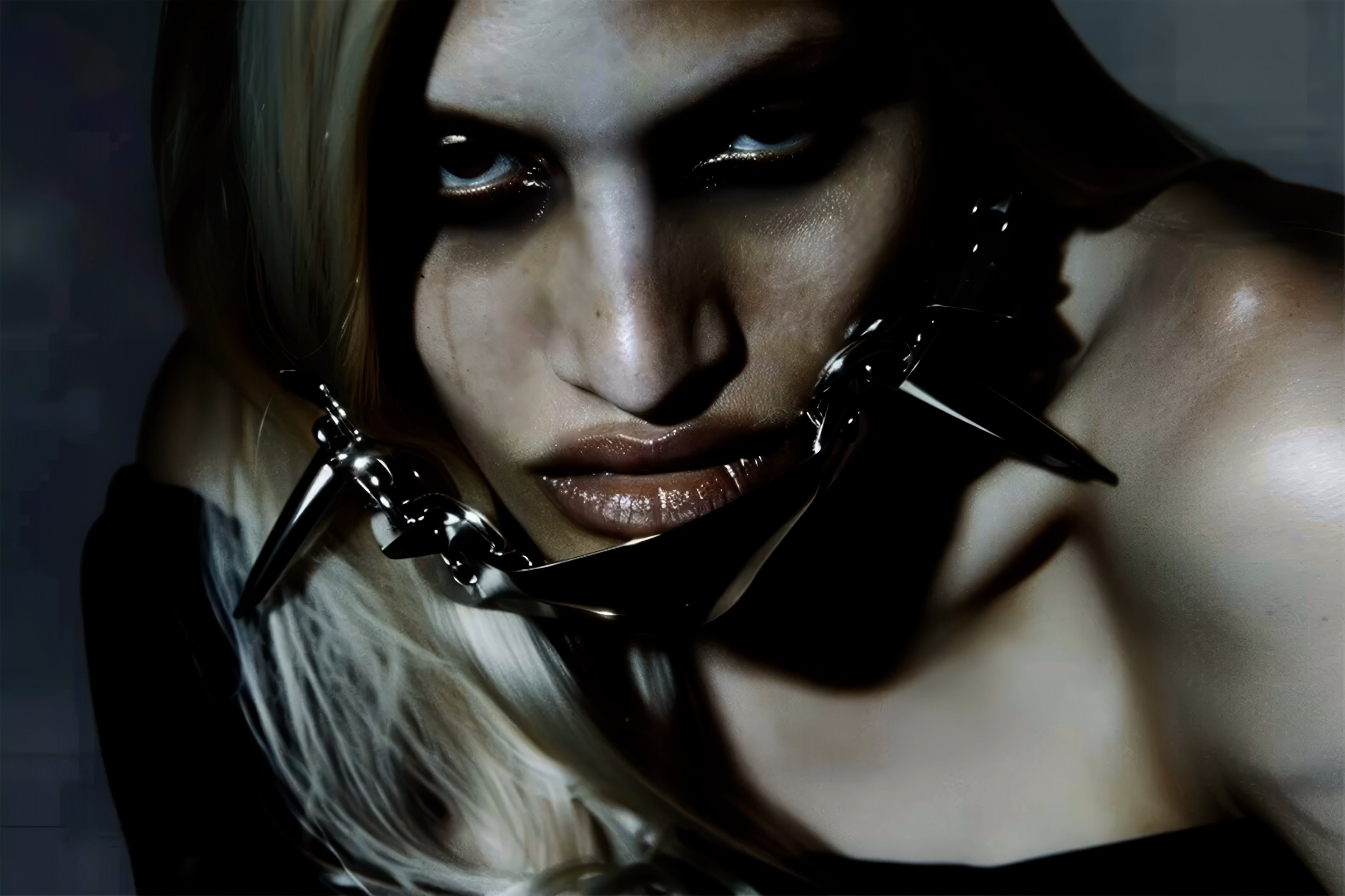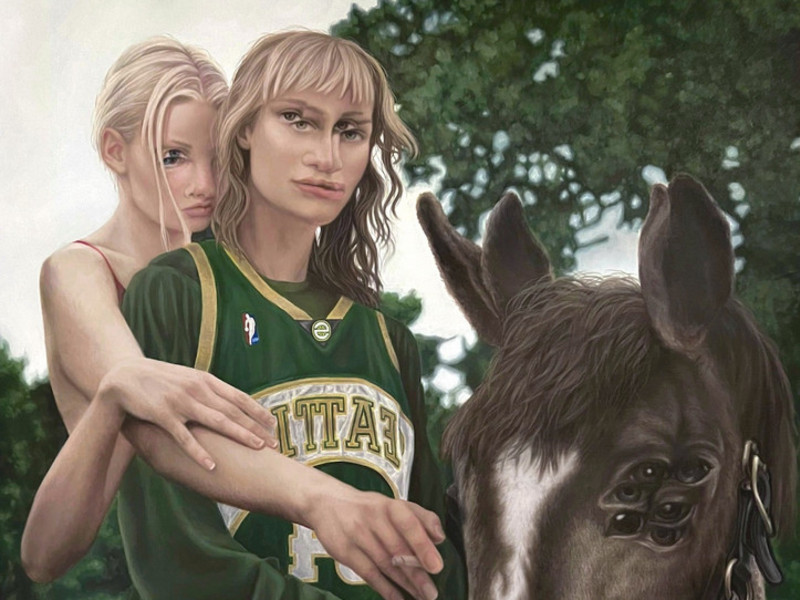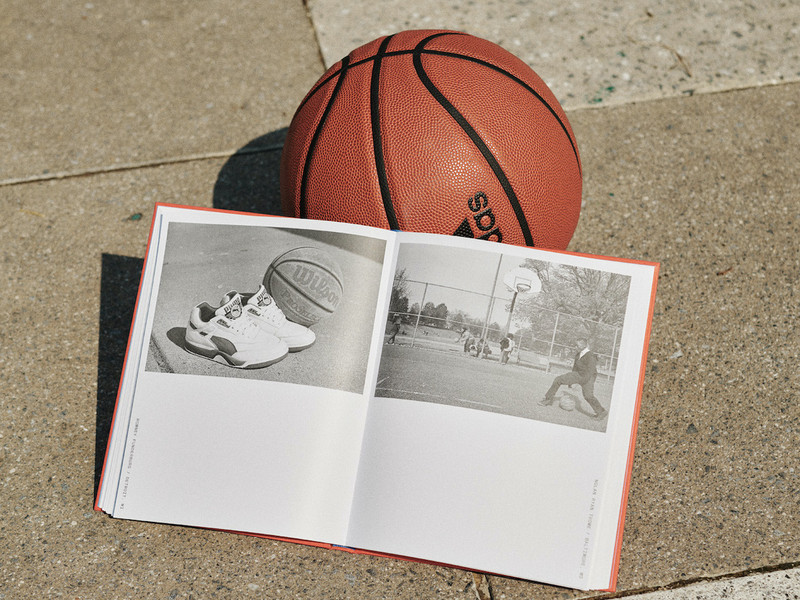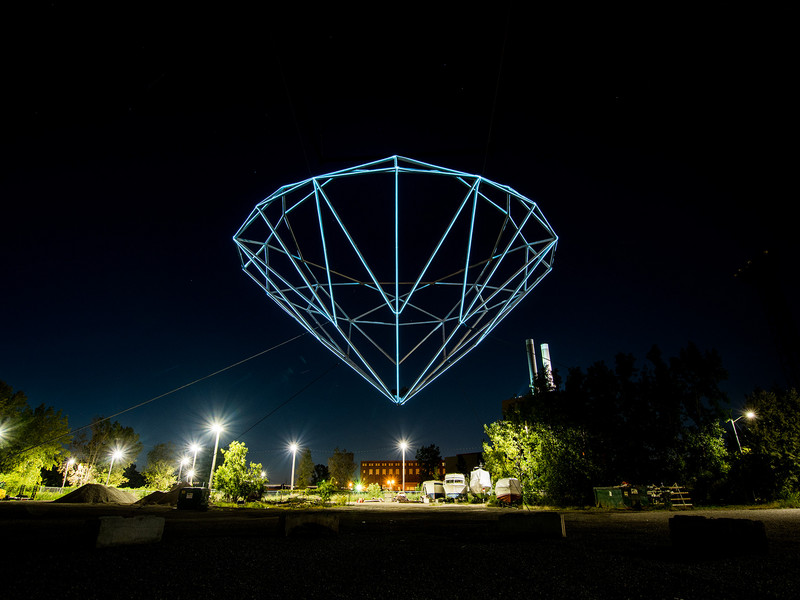When I spoke to Lynch, she had just moved to Brighton, England, seeking a balance between city life and the ‘nothingness’ she experienced growing up in Ireland. We talk about the return of cheap bodycon dresses, Trainspotting, and erasing boys from the frame. Read our conversation below.
Julia Silverberg— When I was looking through the images you sent over from Girls' Night, one stood out: there was a girl wearing fishnet sleeves with her jacket tied around her waist.
Eimear Lynch— When I took that image, I knew I was caputuring something rare. At these events, everyone tends to dress the same, but that girl stood out even though some of her friends had similar outfits. She looked amazing and had such a sweet demeanor, just quietly observing the party. I met her at one of the discos where everyone was only 13 or 14, so it was probably her first time at a party like that. She and her friends were cooler and happier than the rest, and in that portrait, she just seemed so content with herself.
Did you notice ways in which the girls who were wearing the disco "uniform" still managed to assert their individuality?
Honestly, I feel like they didn't have any takes on the look — if they were wearing the bodycon dress, they were wearing the bodycon dress. I was the same at that age; it wasn't until I got a bit older that I started experimenting with my hair and clothes. During my first year of going to discos, I just wore the standard dress from ASOS, but I think it’s a rite of passage. At that age, I wasn’t thinking about looking cool, I just wanted to finally be a woman and wear the dress.
It’s funny because I still have this H&M dress from my first teen party. Sometimes I try to find a way to style it now and make it cool again.
They’re kind of making a comeback! Some of the colors are amazing, but the material of those cheap dresses is so shit. Back then, my friends and I also all wore these really ugly heels that we couldn’t walk or dance in, but now, teenagers are smarter. You still see some of the same looks, but the girls are all wearing trainers — Nike Air Maxes and Converse are the big ones.
Do you think your book challenges the idea of getting ready as an overly feminine ritual?
In an ideal world, there wouldn’t be any beauty standards or pressure to wear makeup and do your hair. But since they exist in a patriarchal society, I want to celebrate the good that can come from them. The hours spent getting ready are so fun, and boys don’t usually get to experience that. There are benefits from the pressures on us, and that’s something to be celebrated.
You often work around female identity in this way.
I’m still quite new in my career and doing a lot of self-reflection; that’s why I’m focusing on girlhood and the experience of being a girl. Maybe once I feel like I’ve fully explored that, I’ll move on to something else, but for now, I want to delve into what I know and understand. At this point, looking at my own life and upbringing through my work is a lot more authentic for me.
